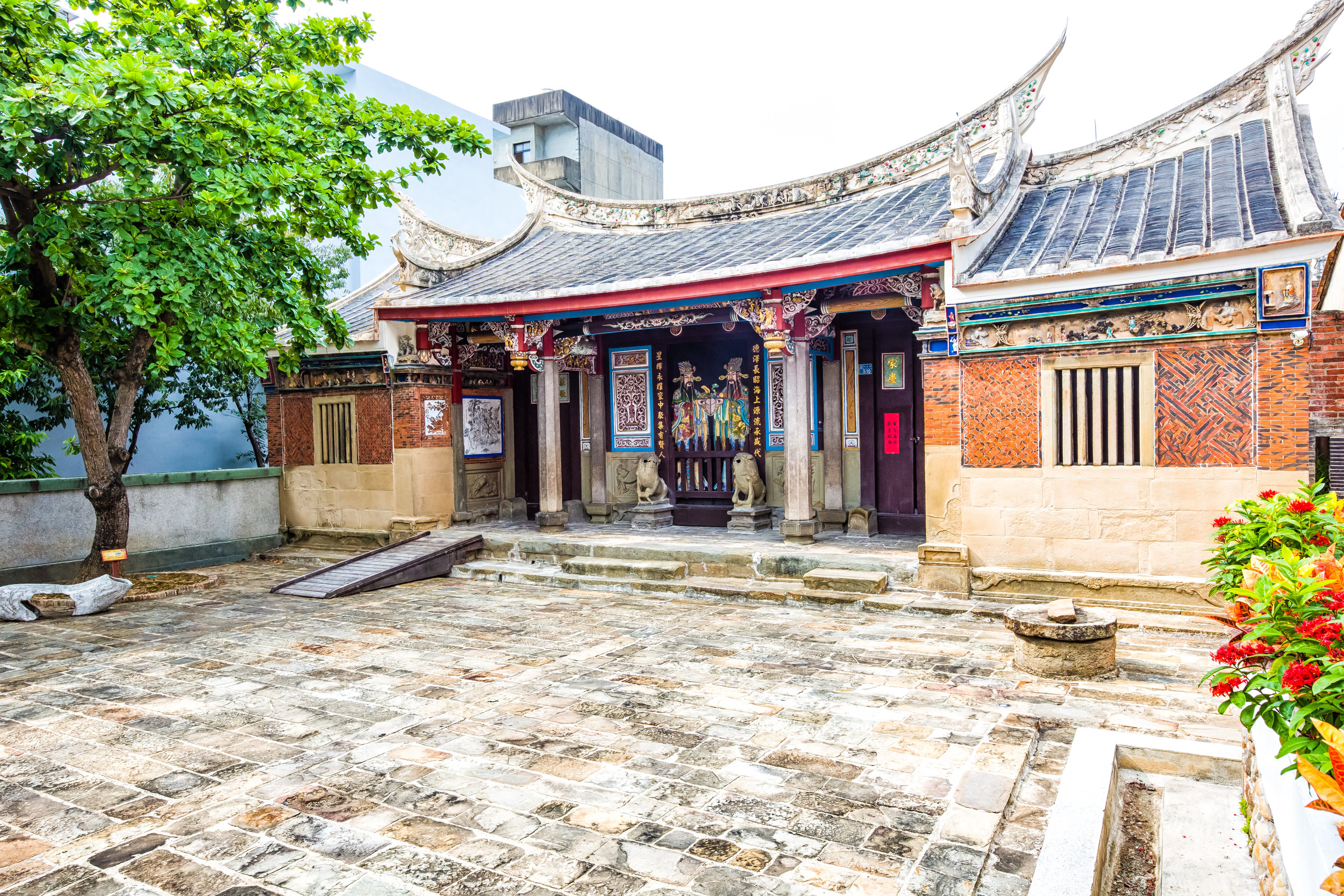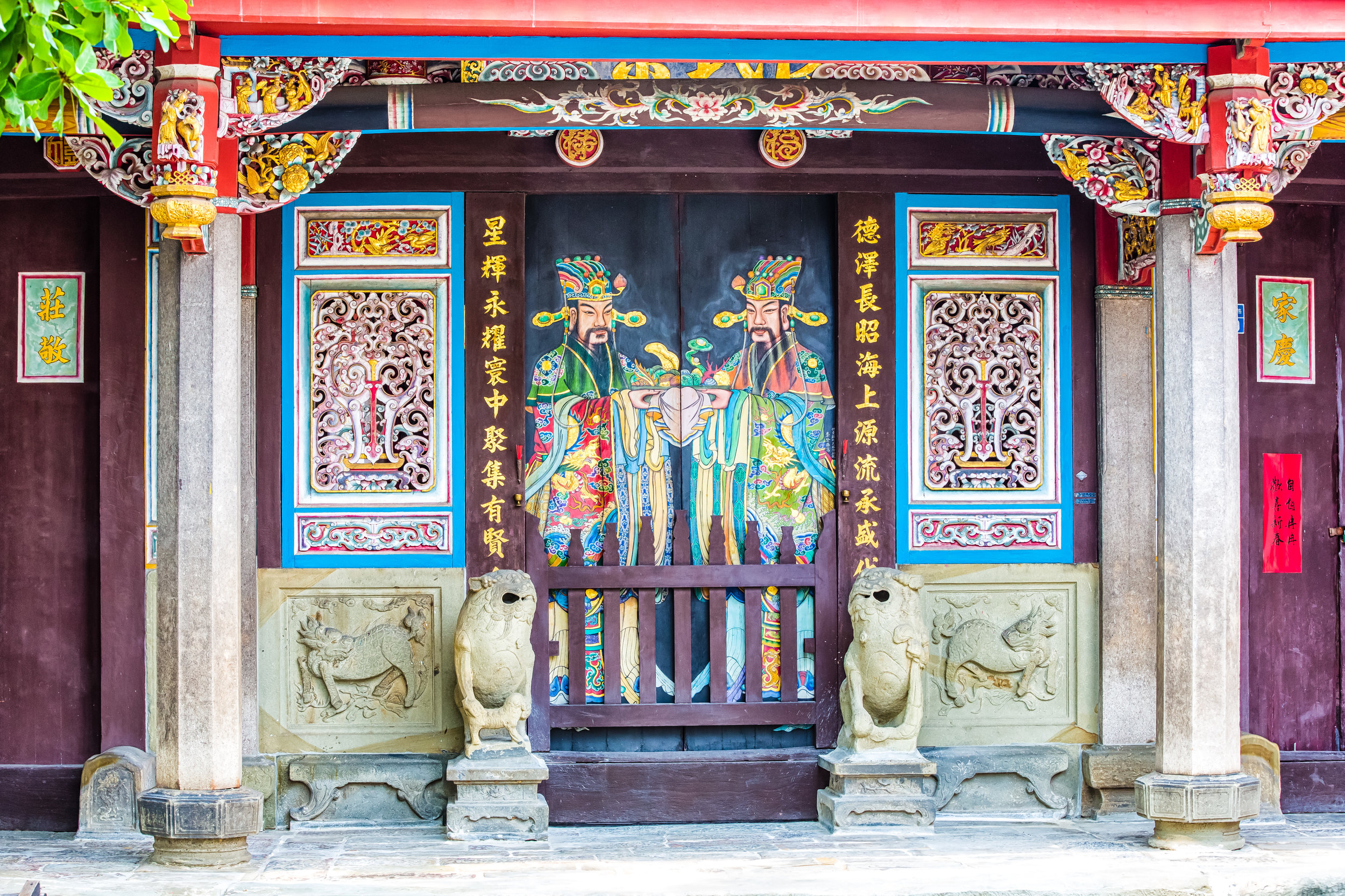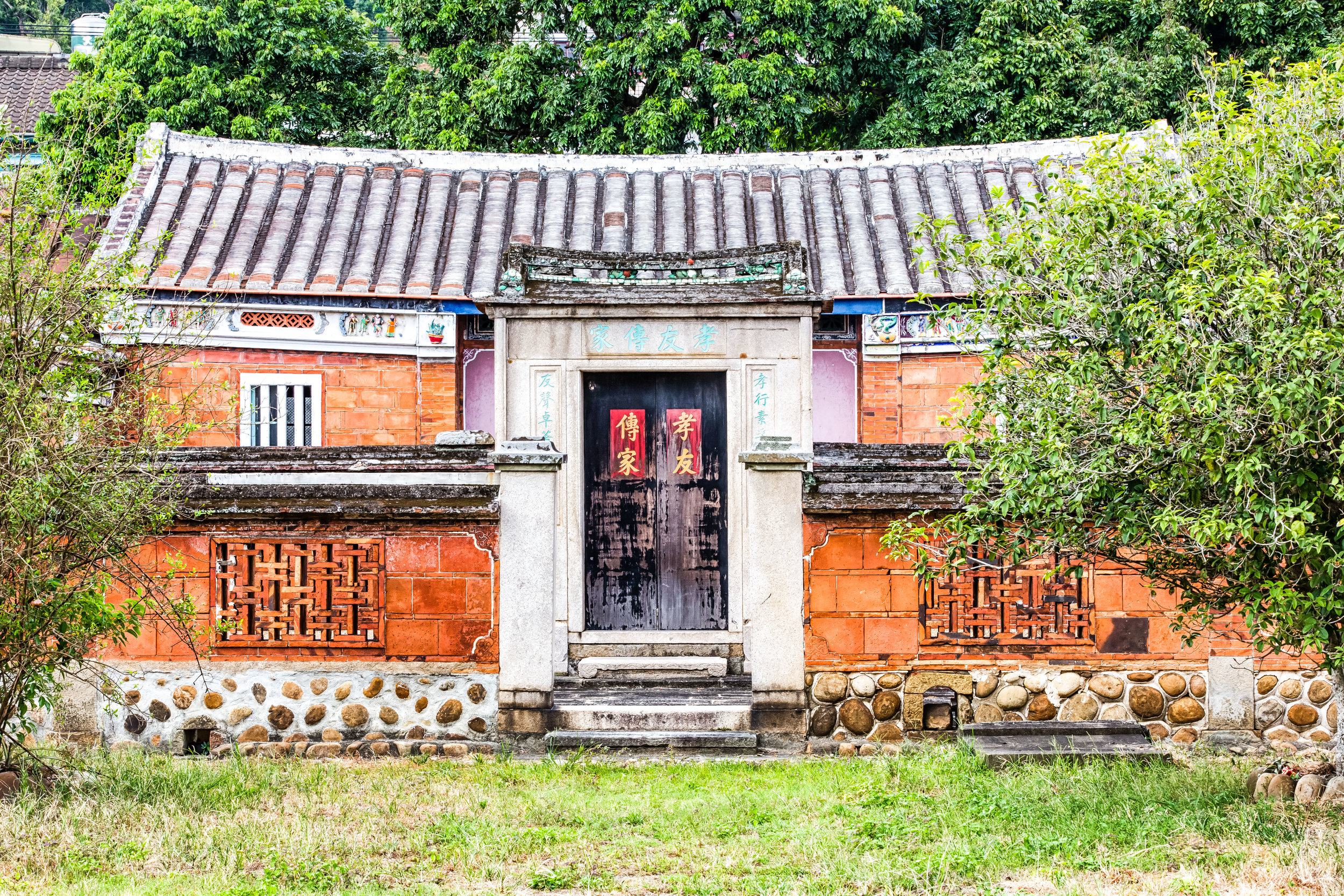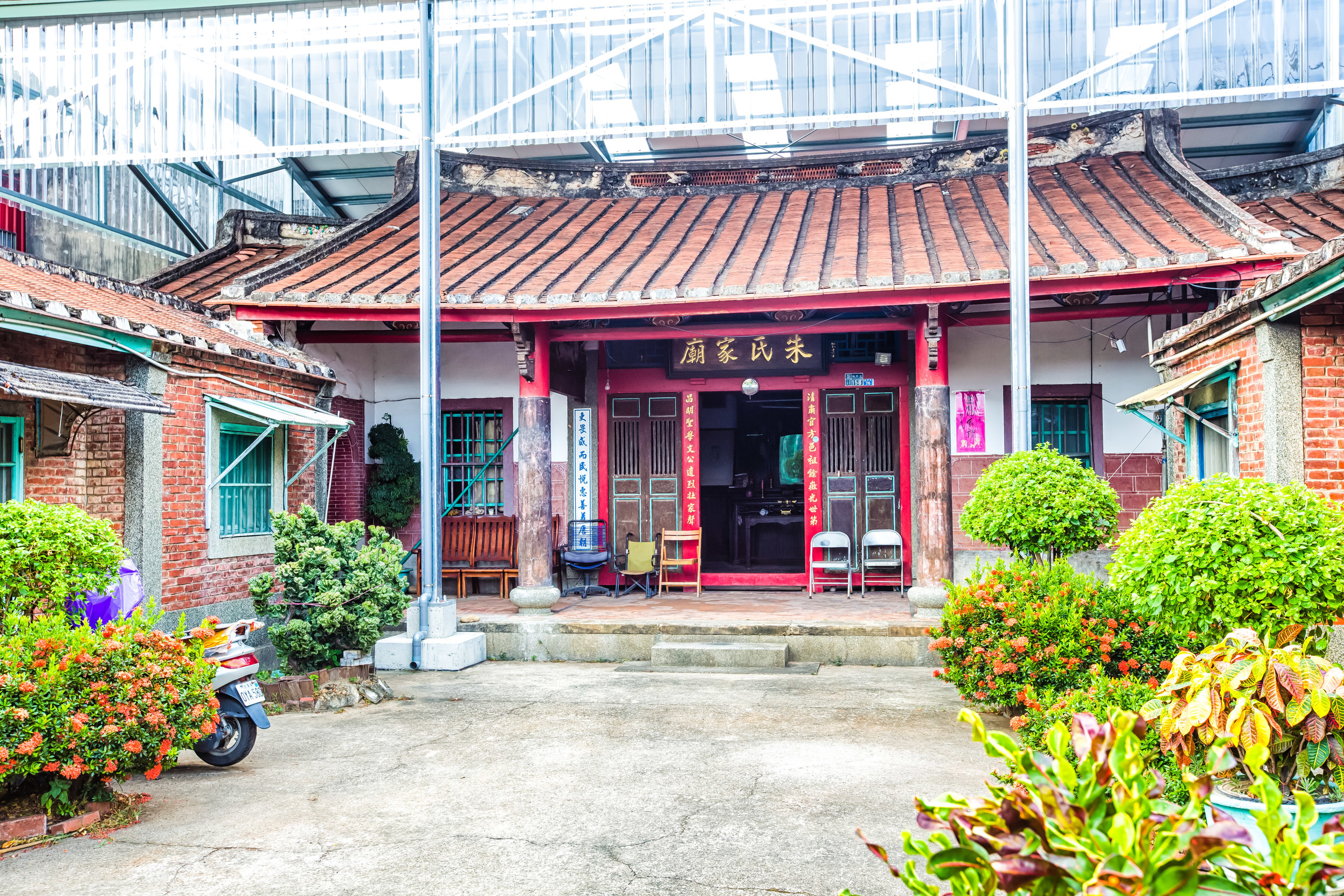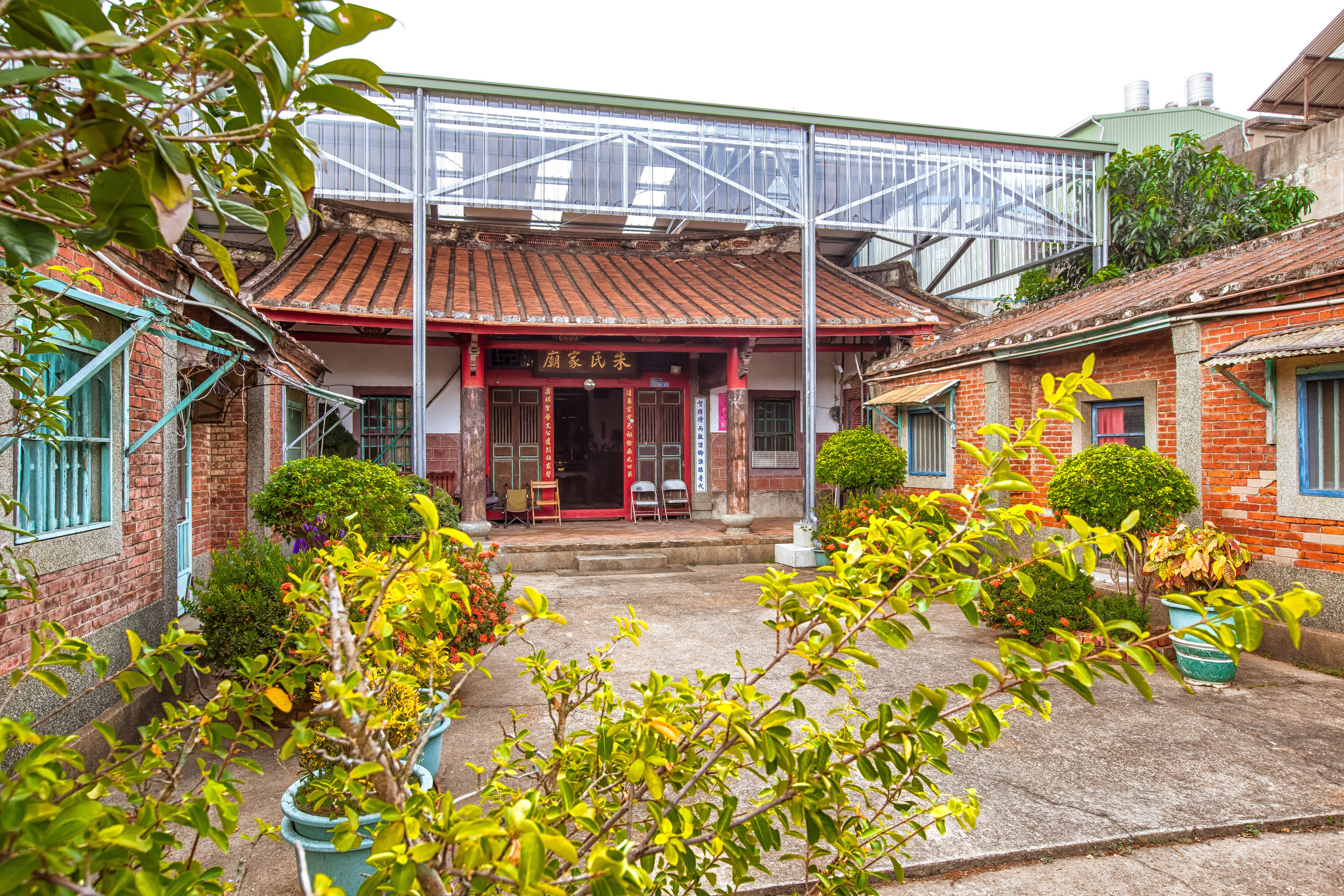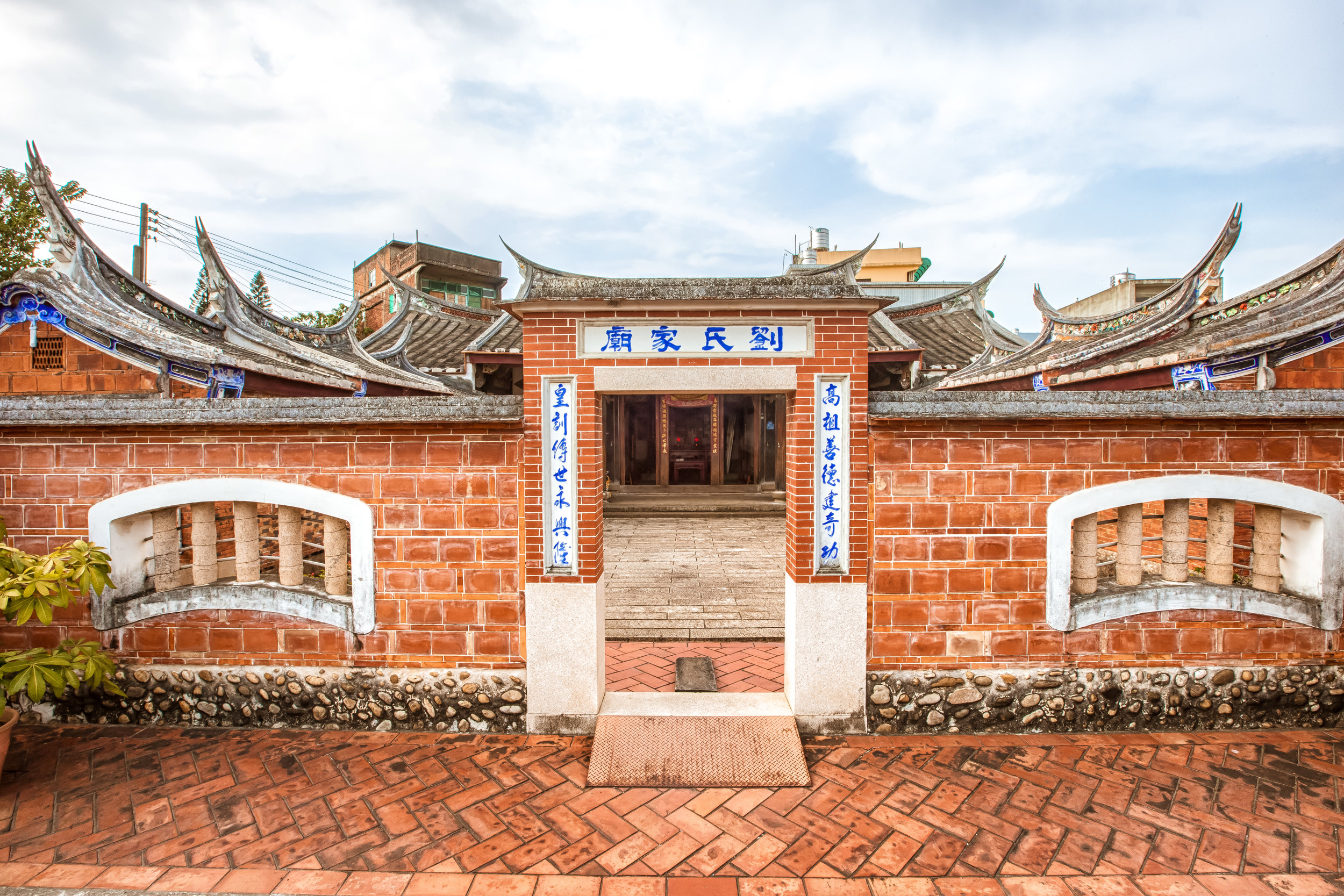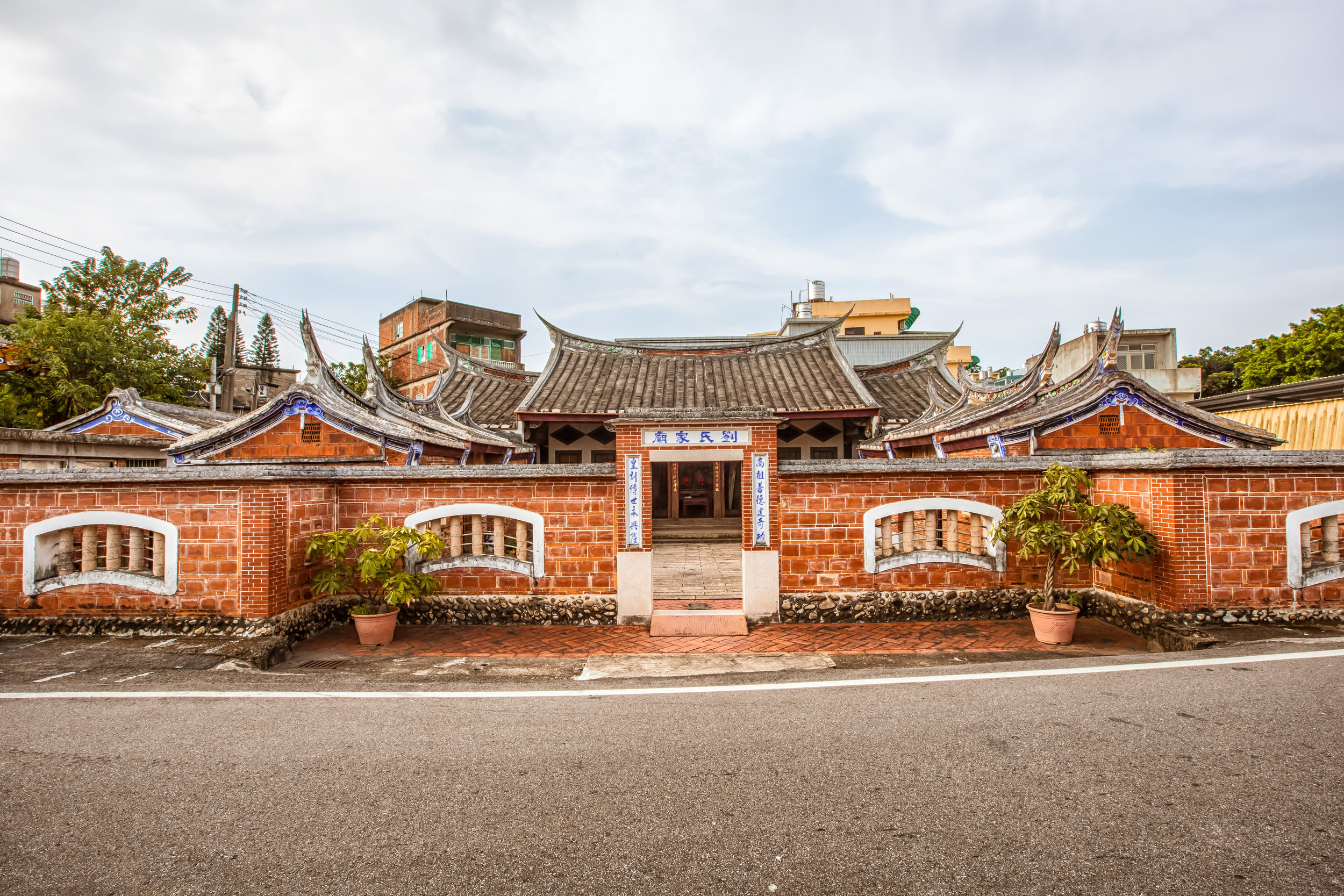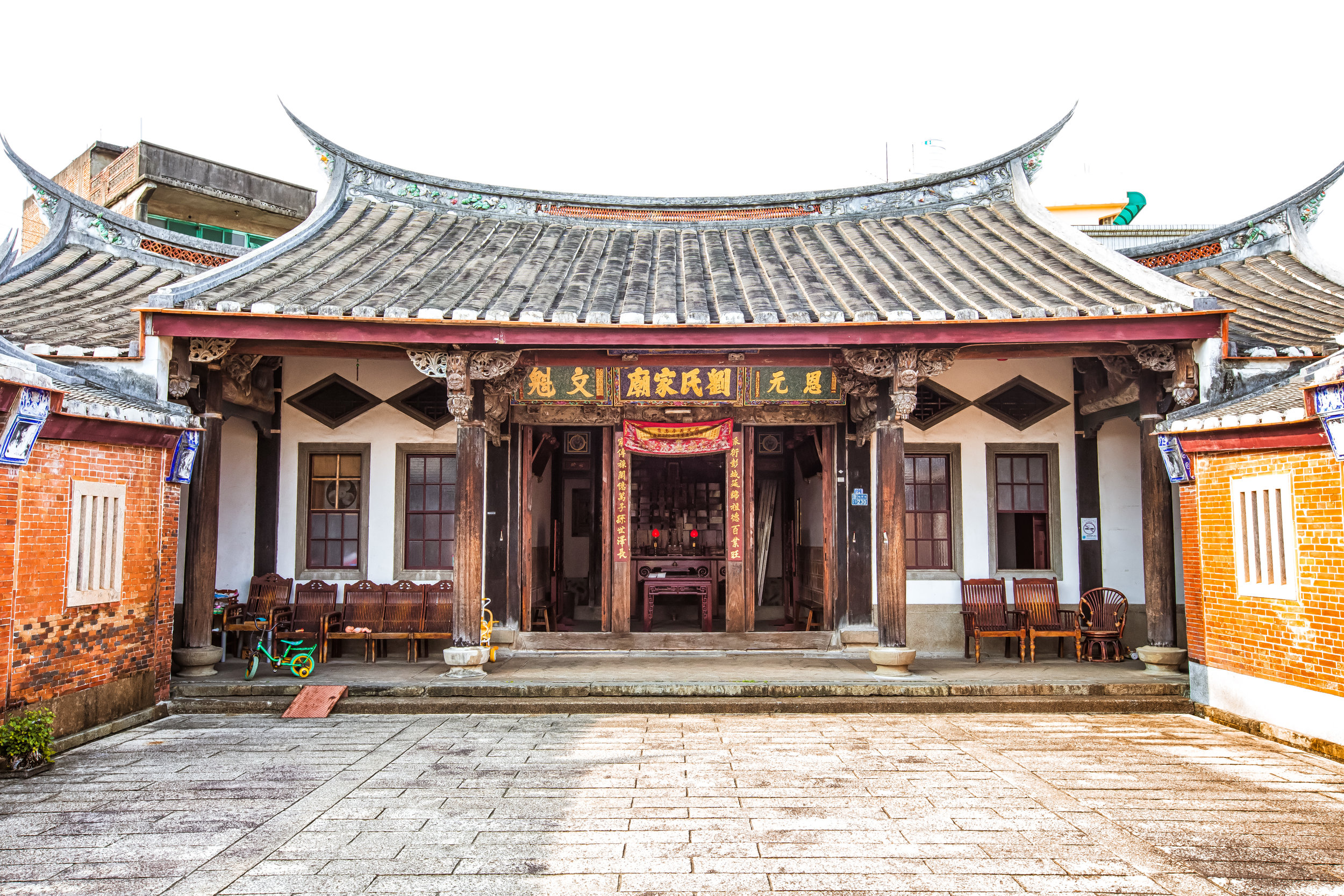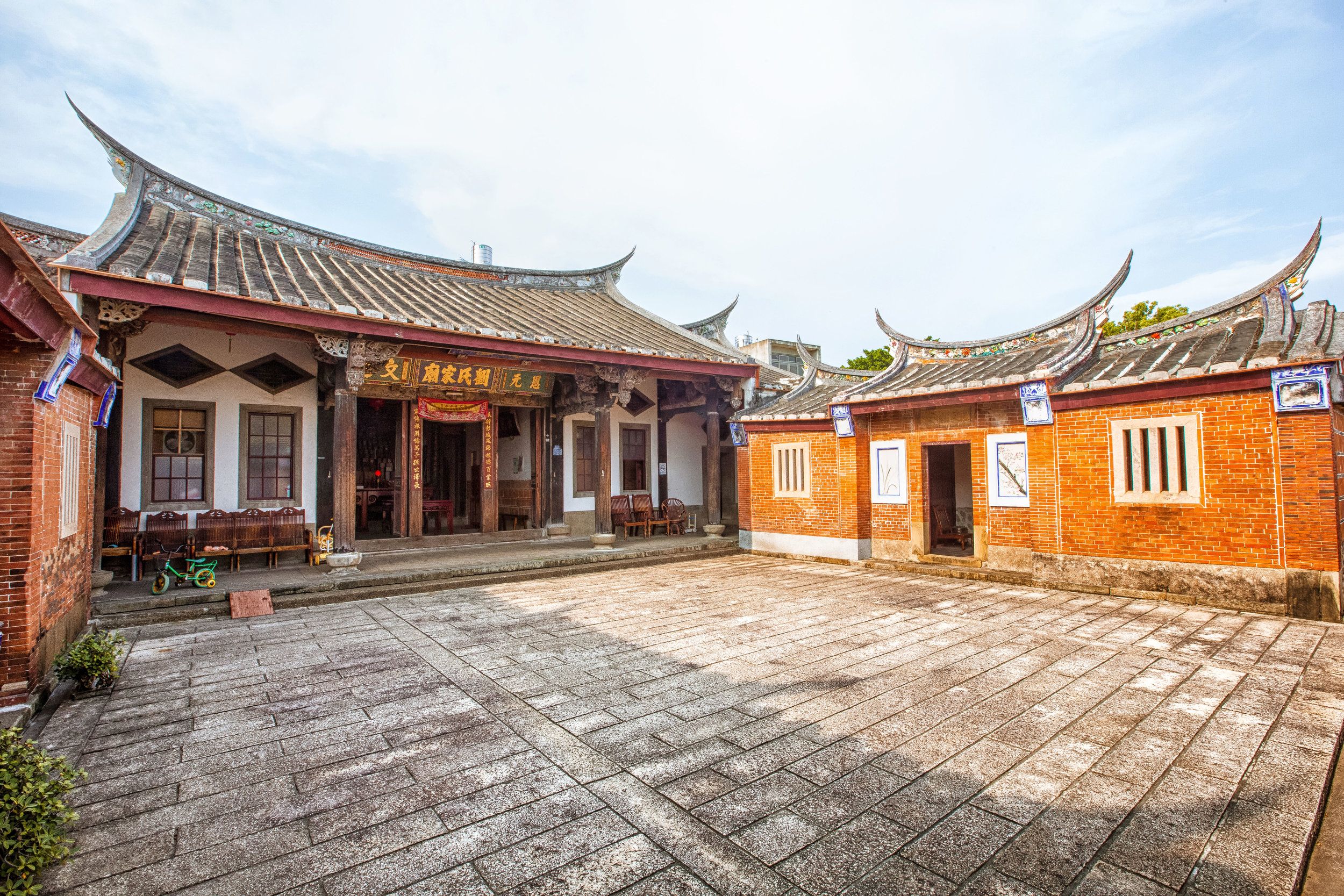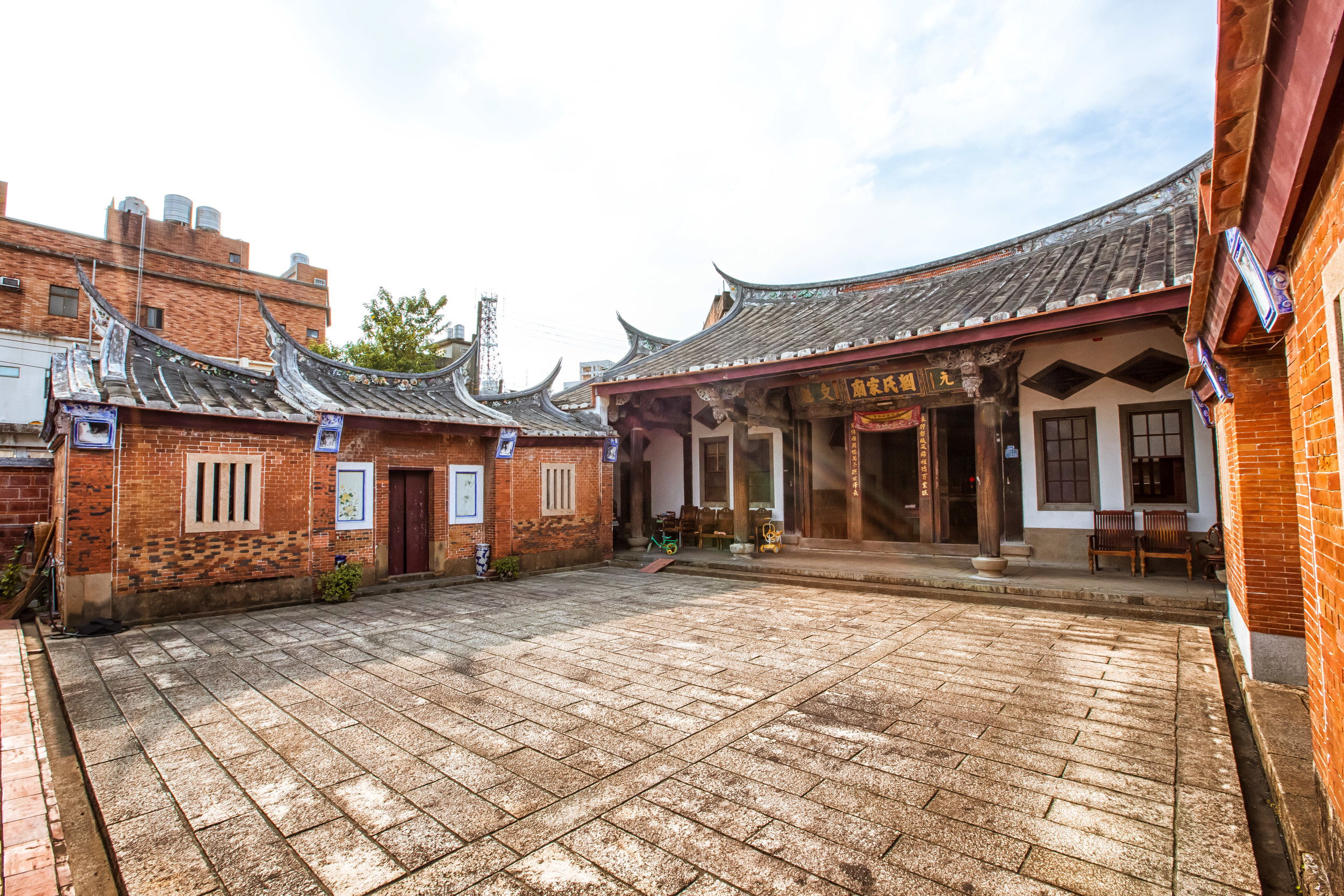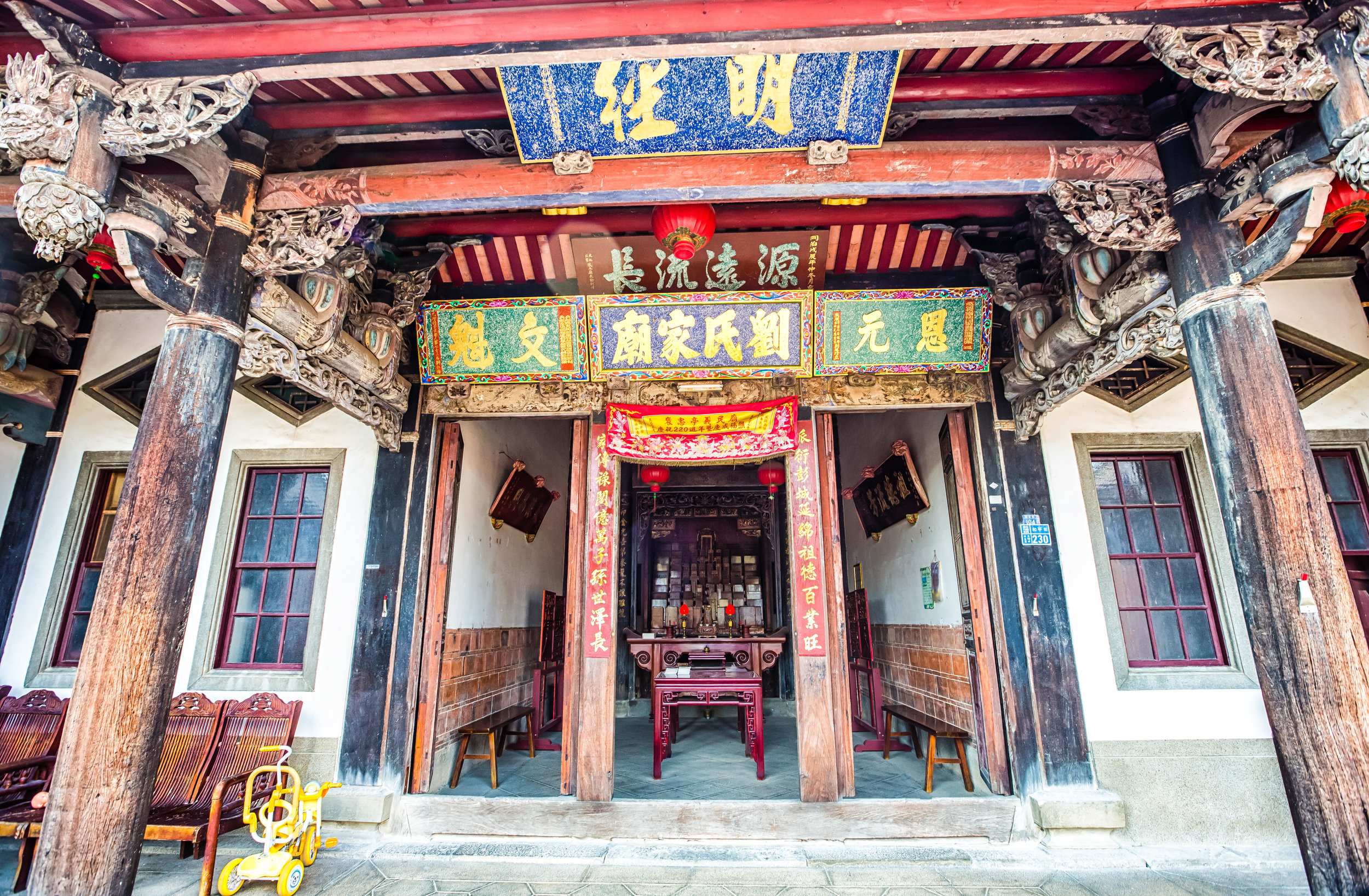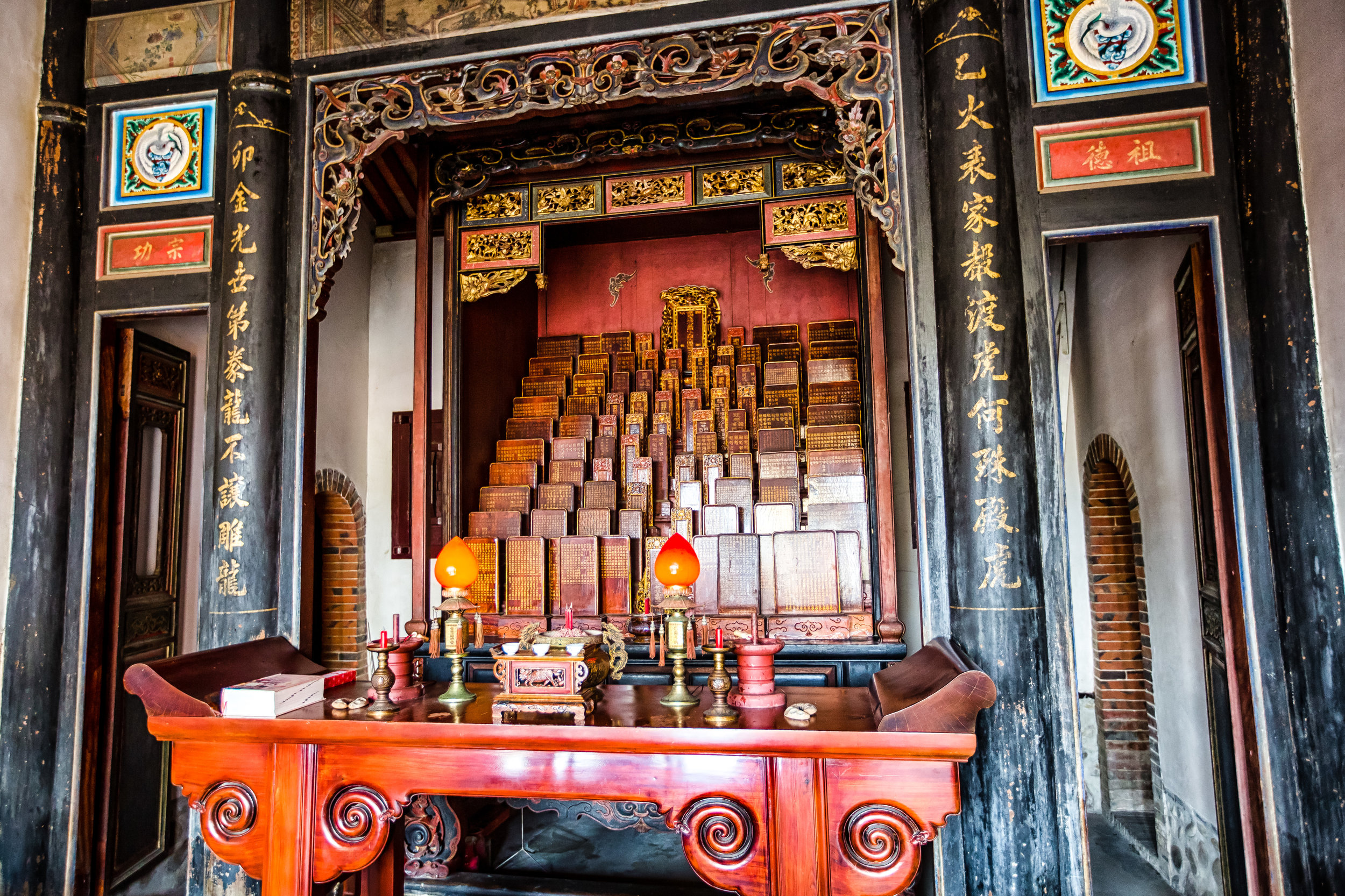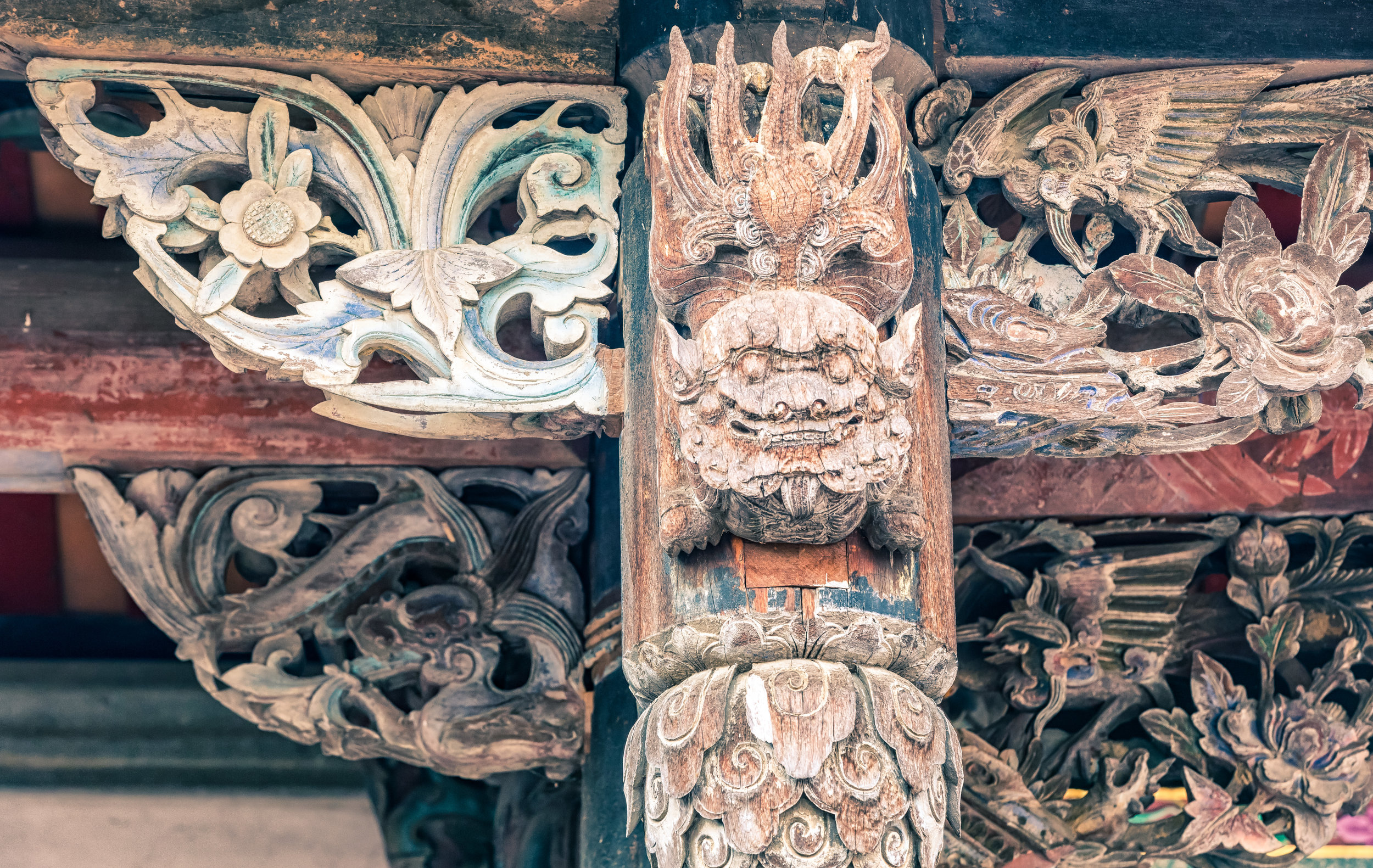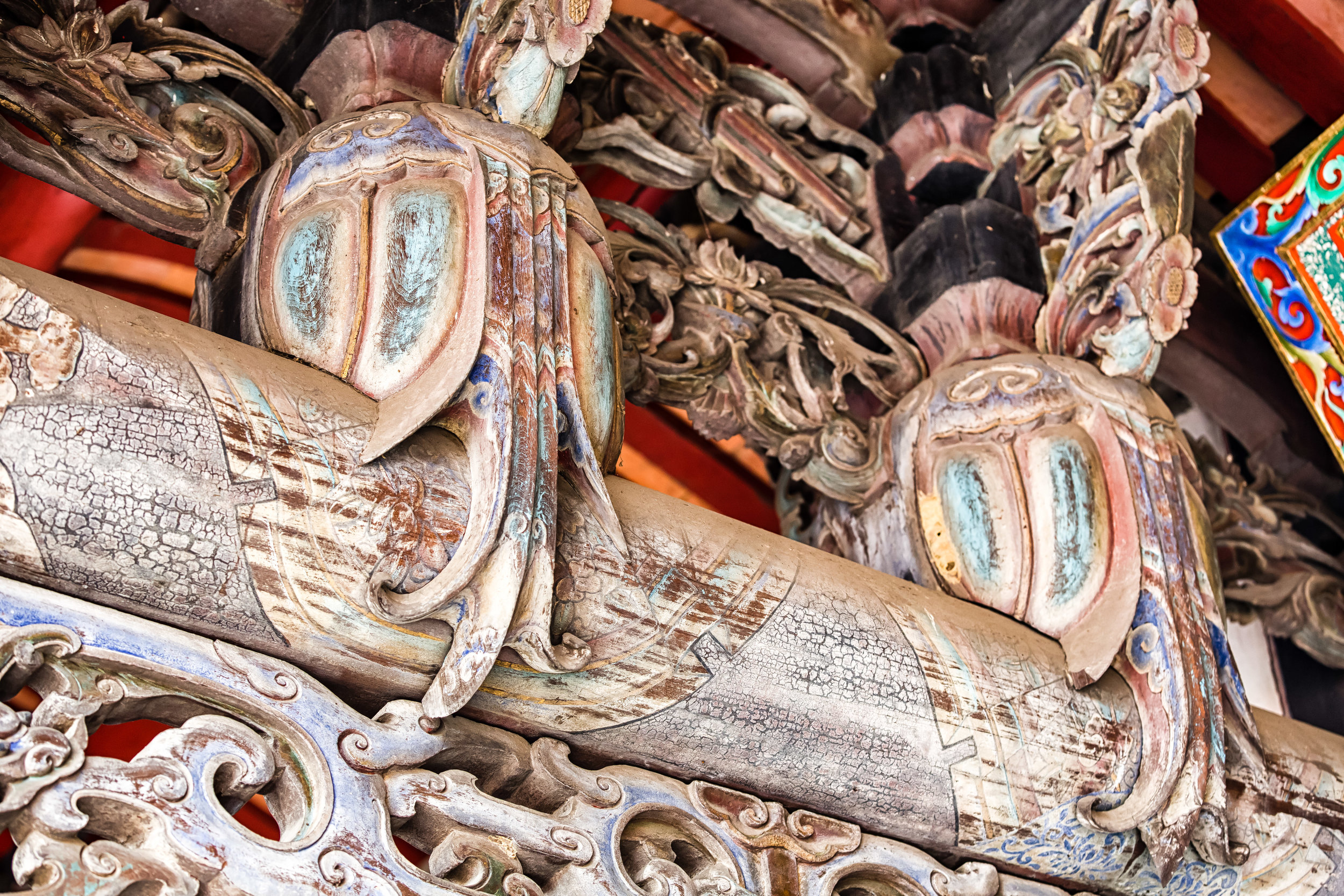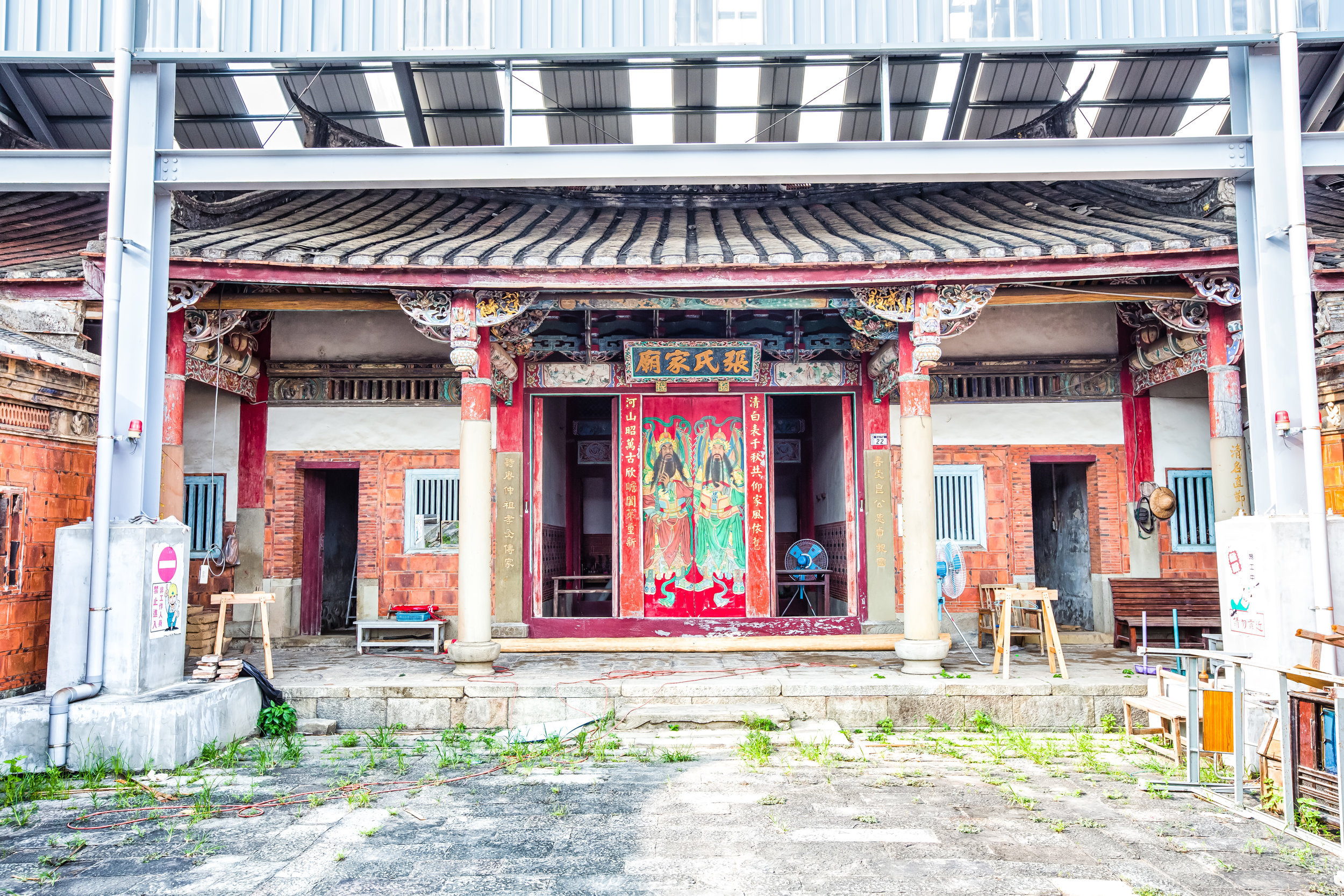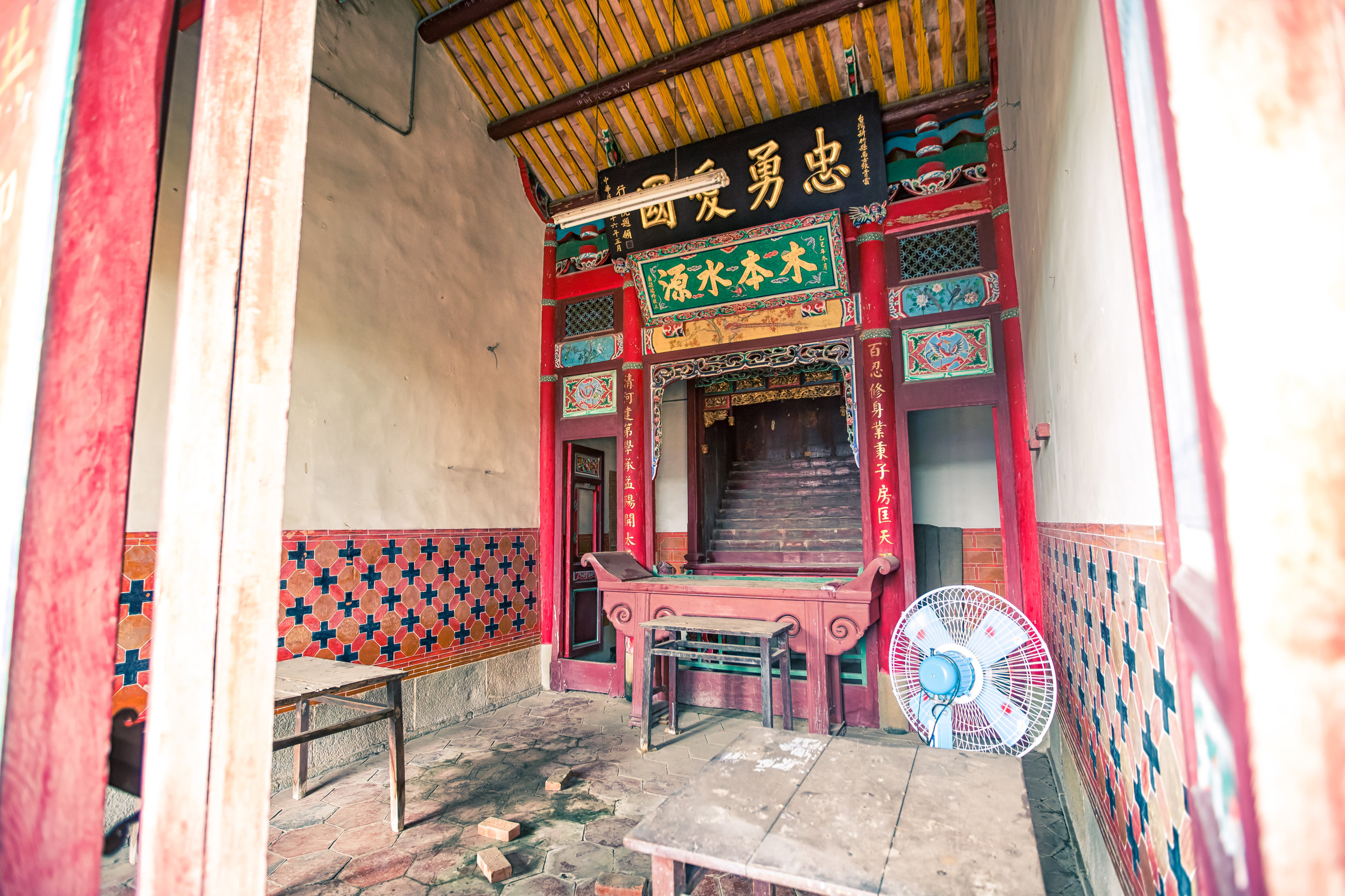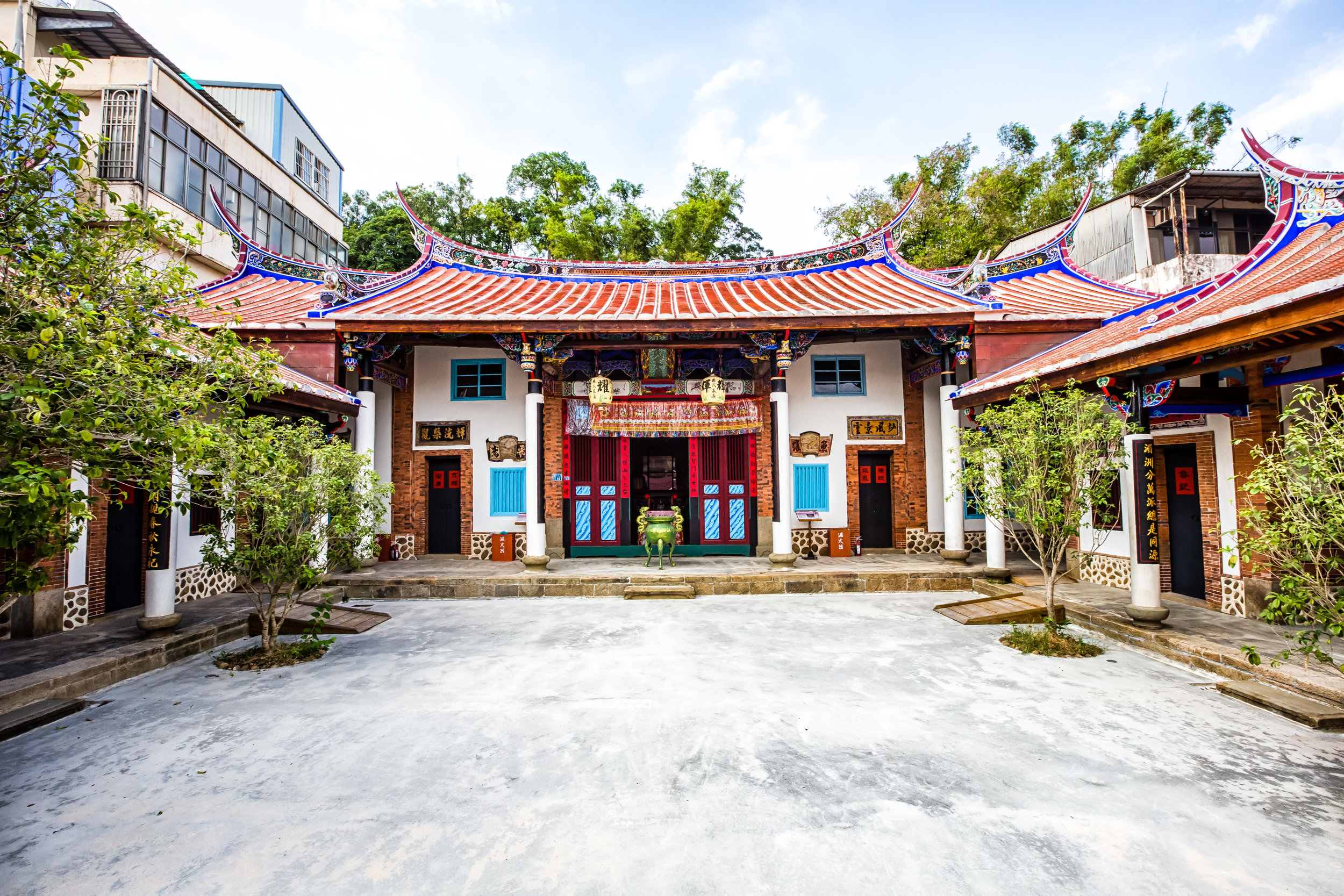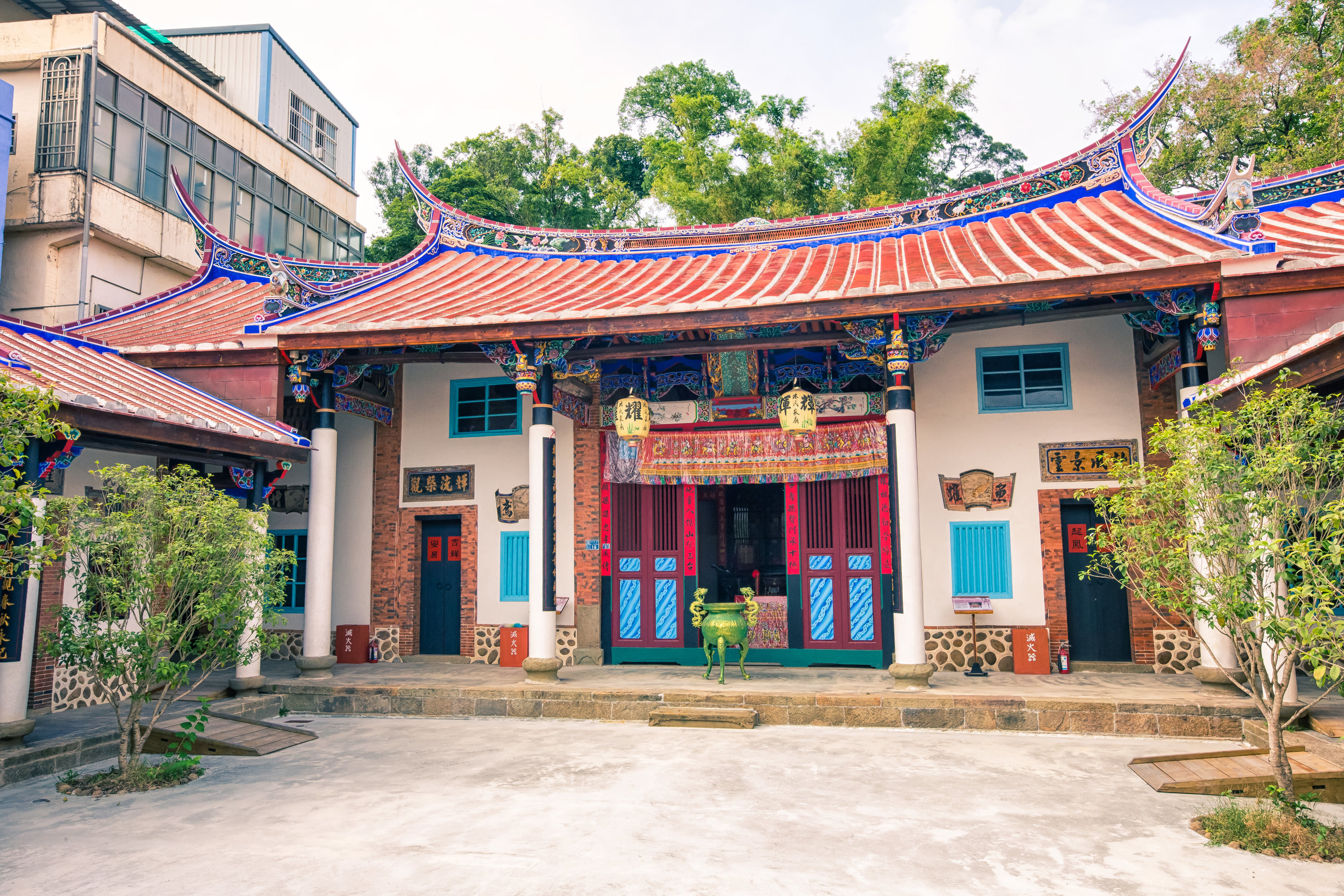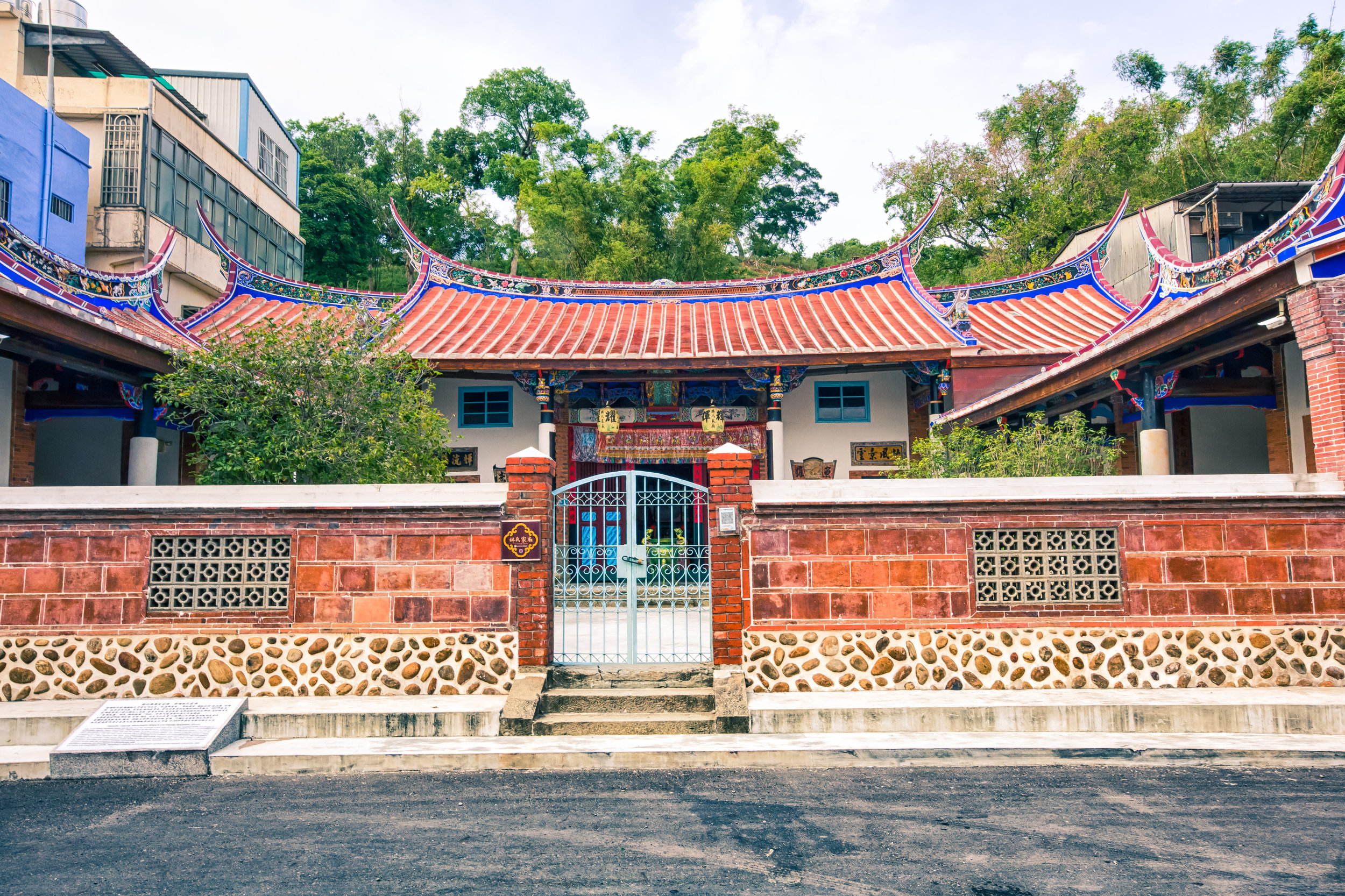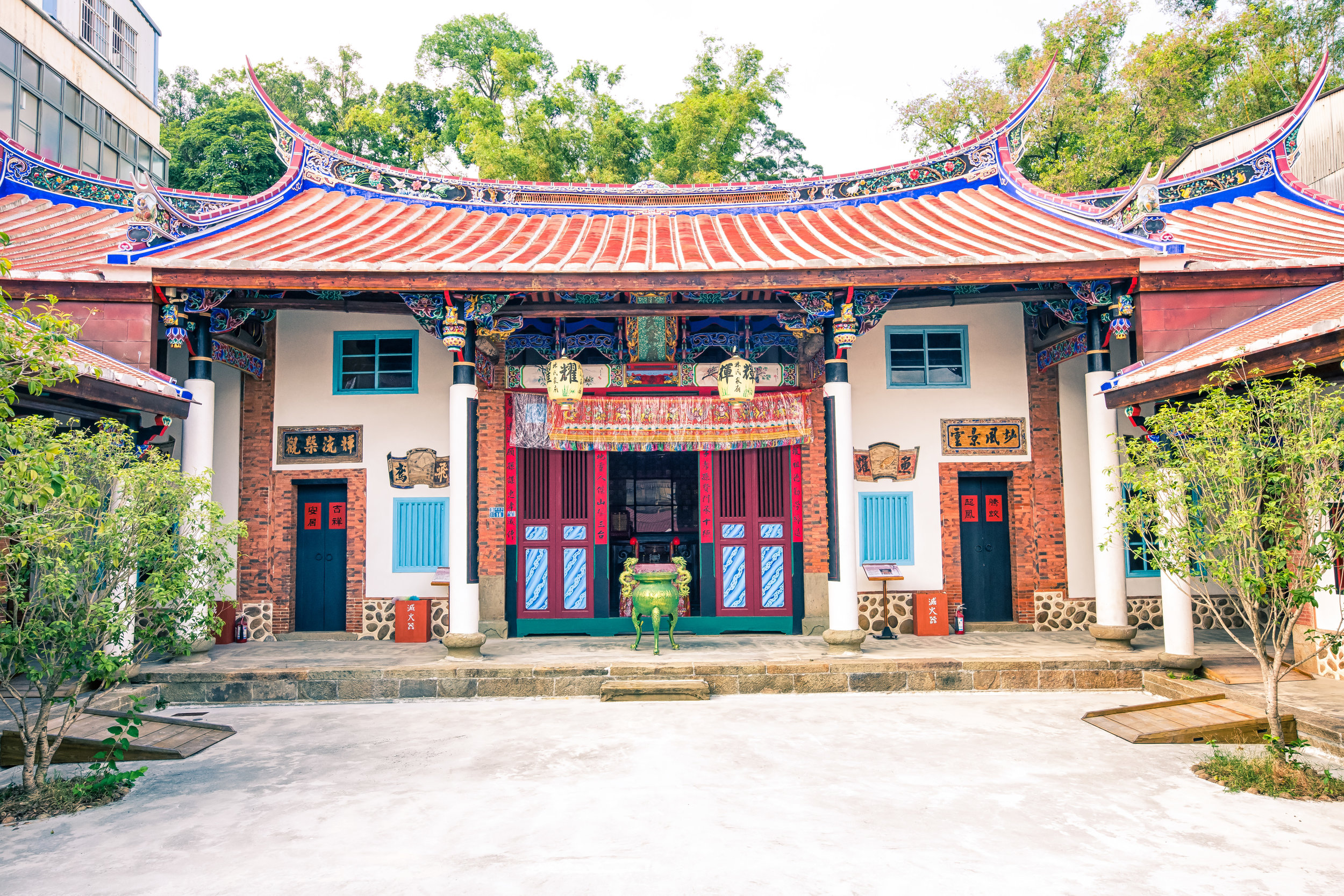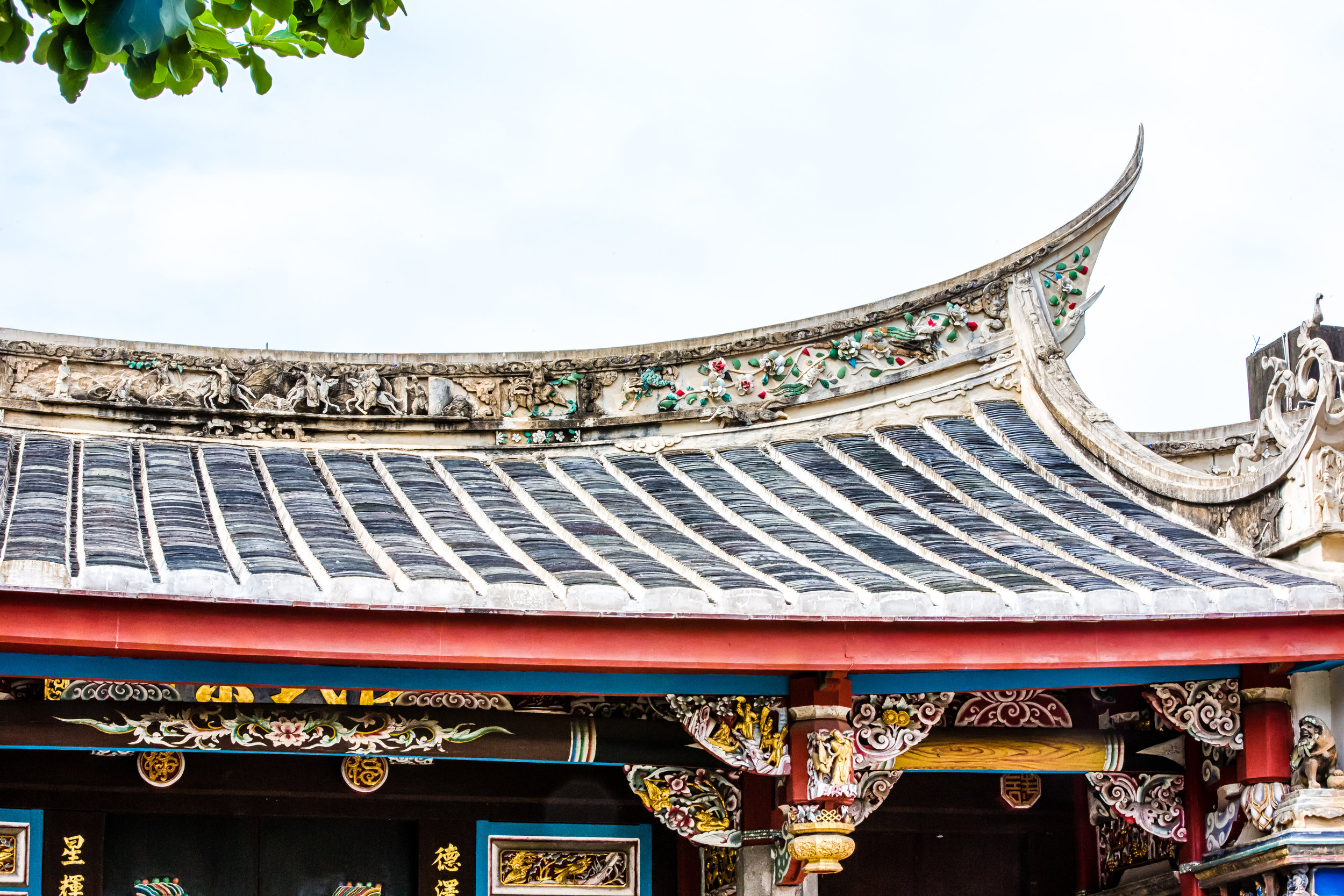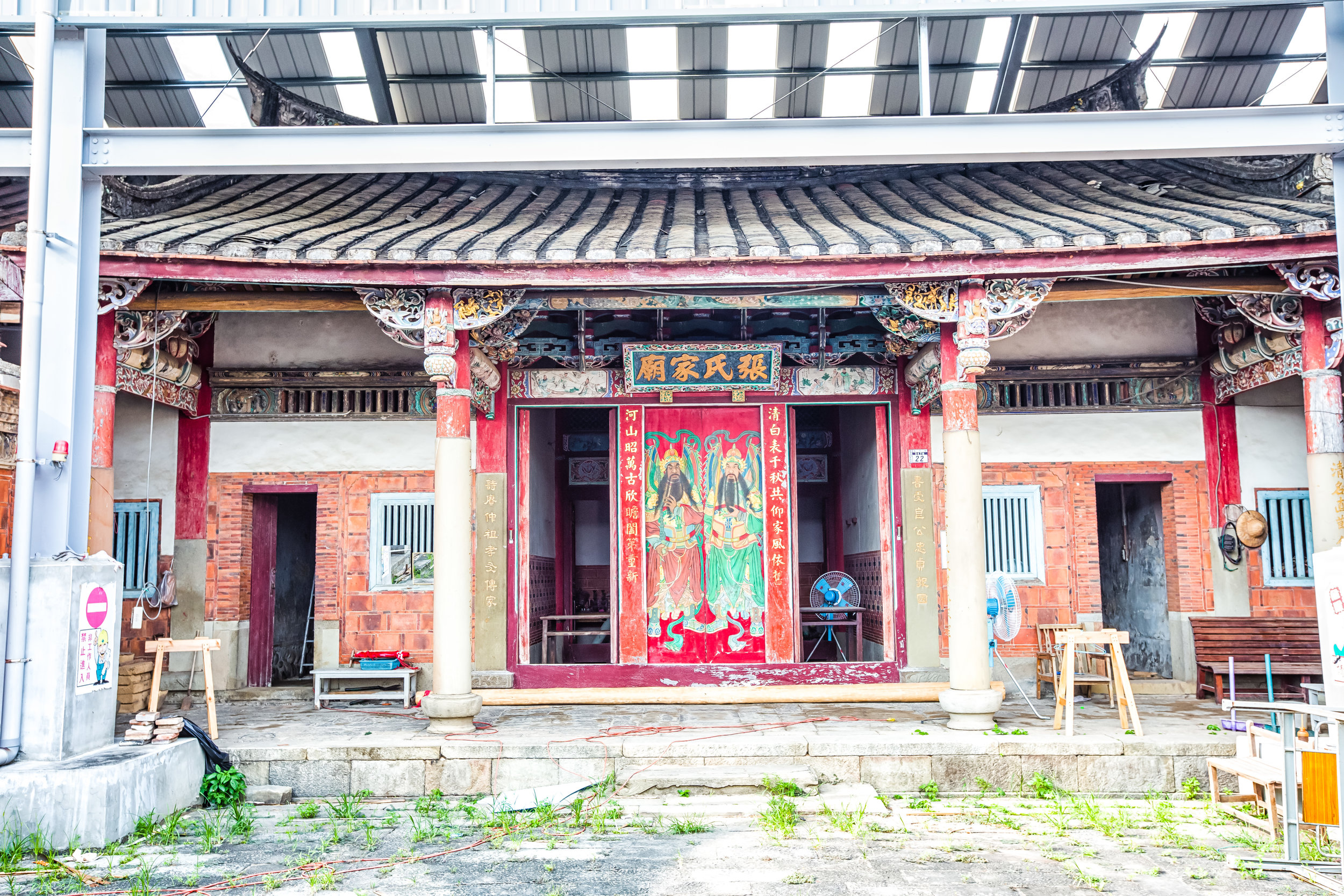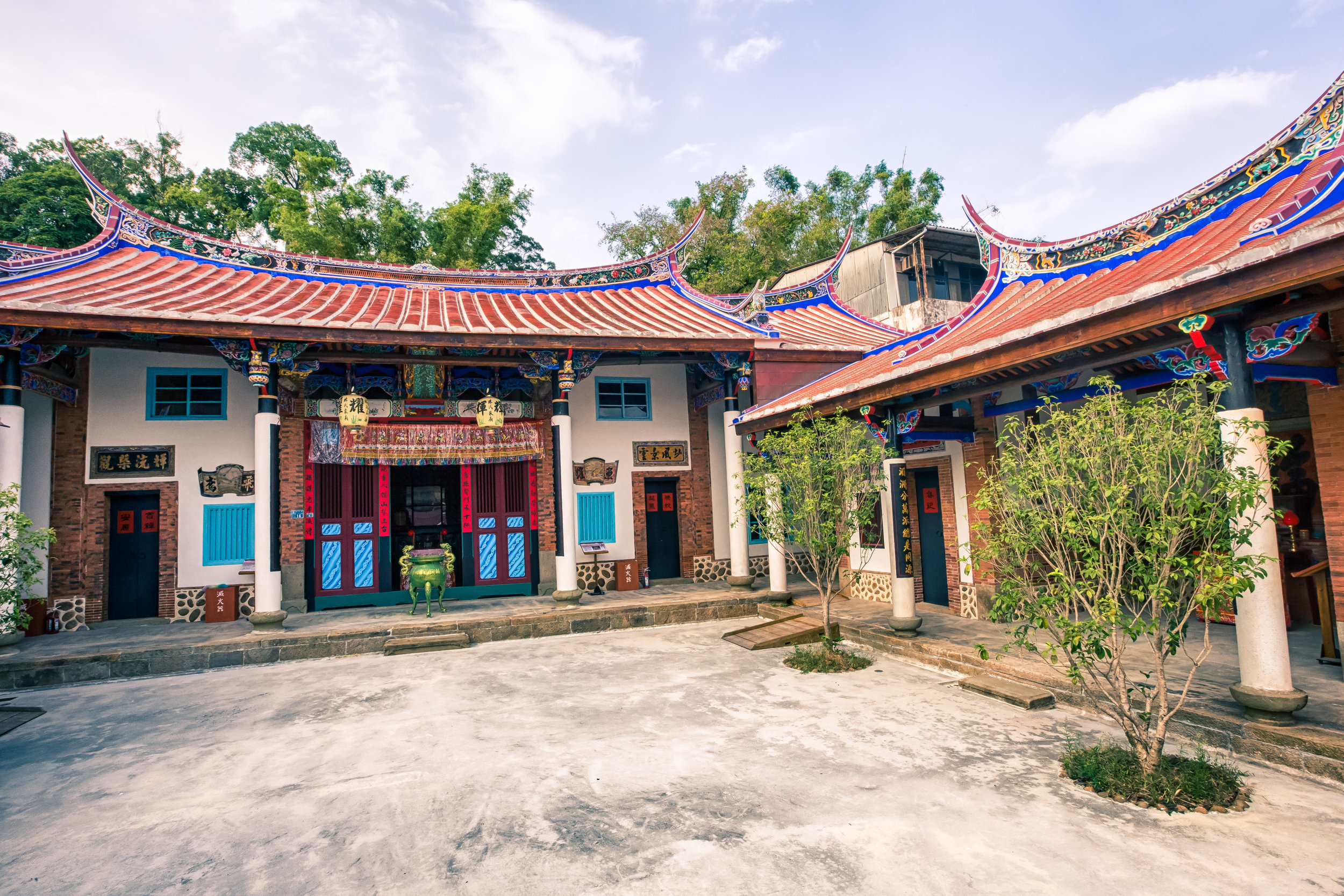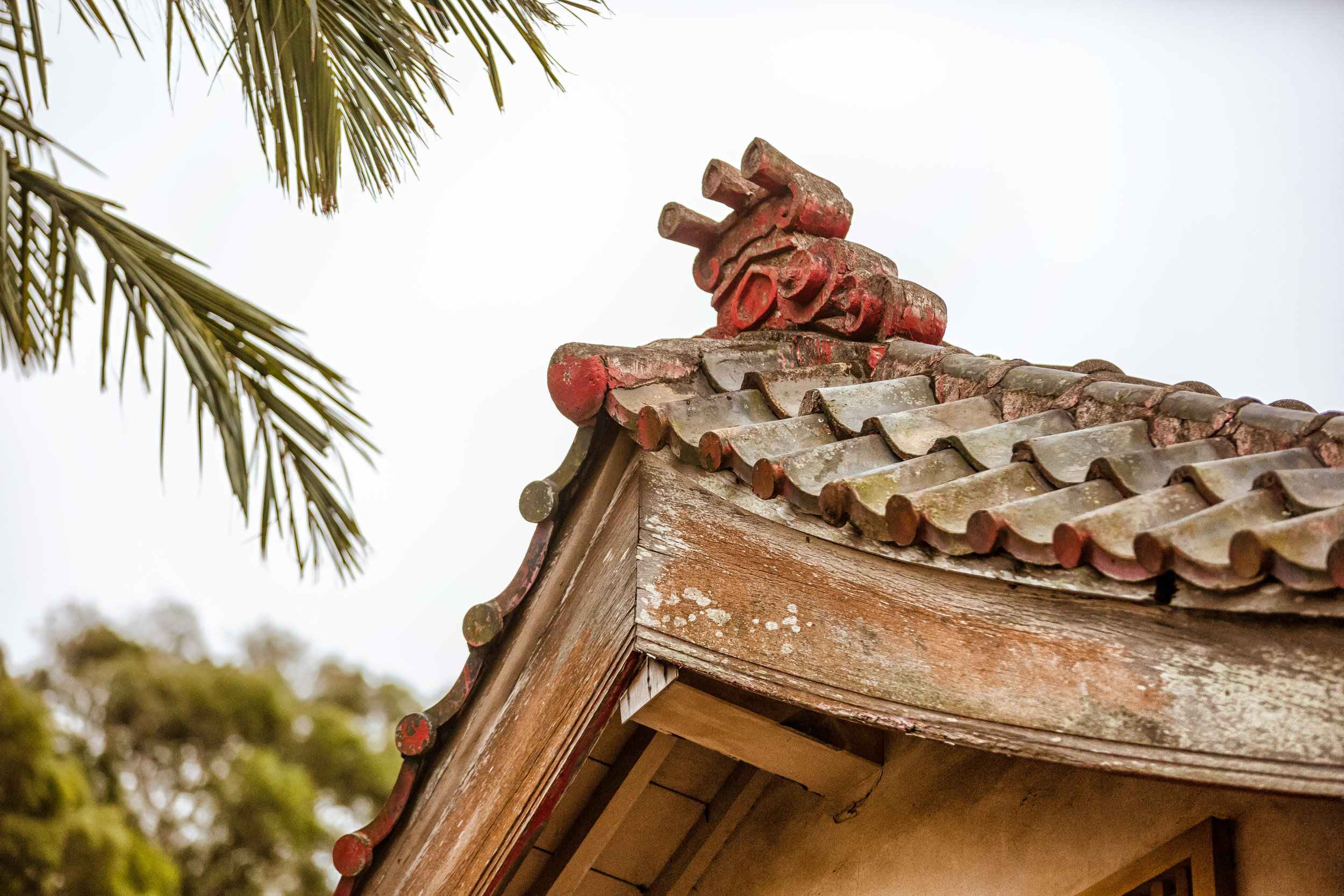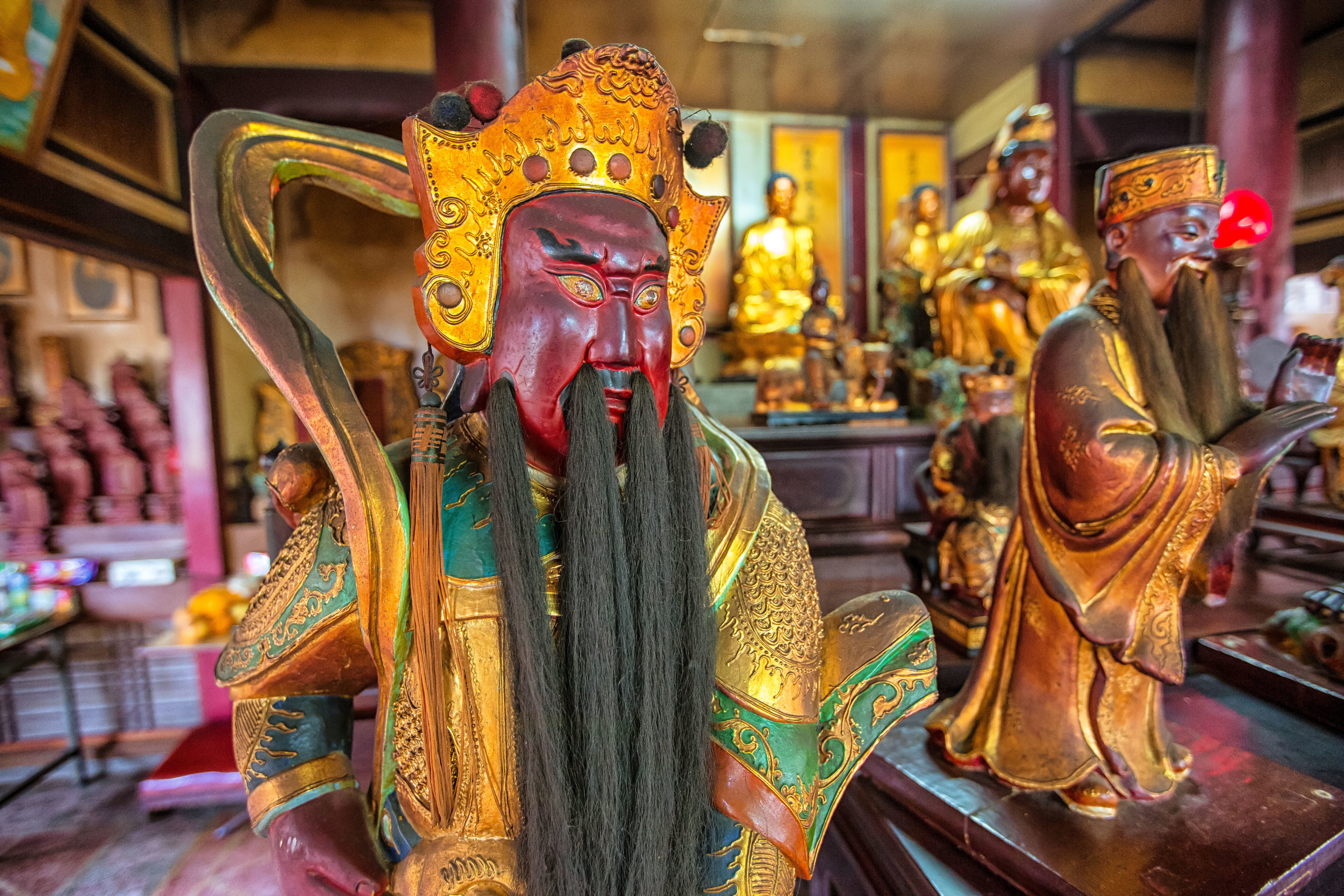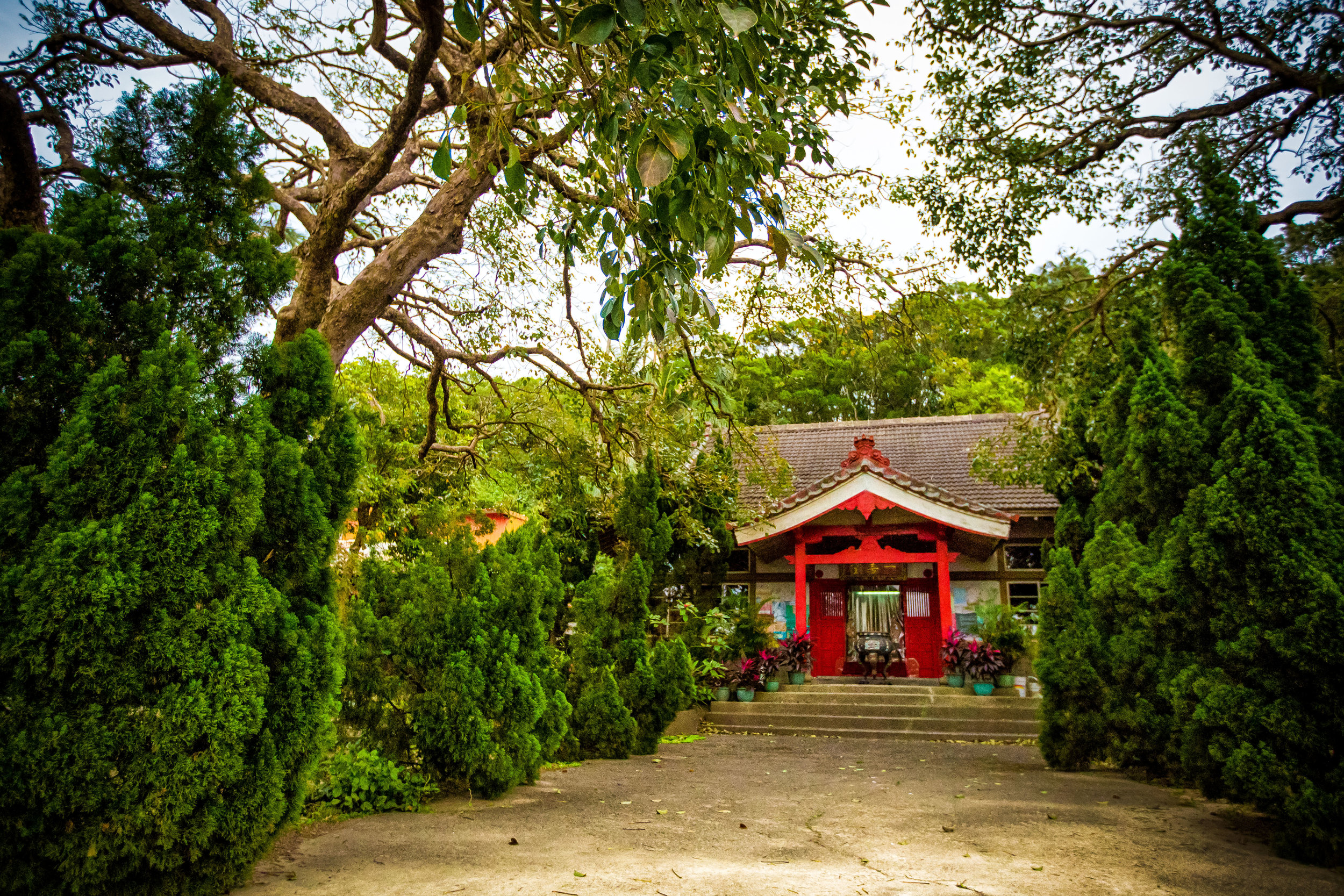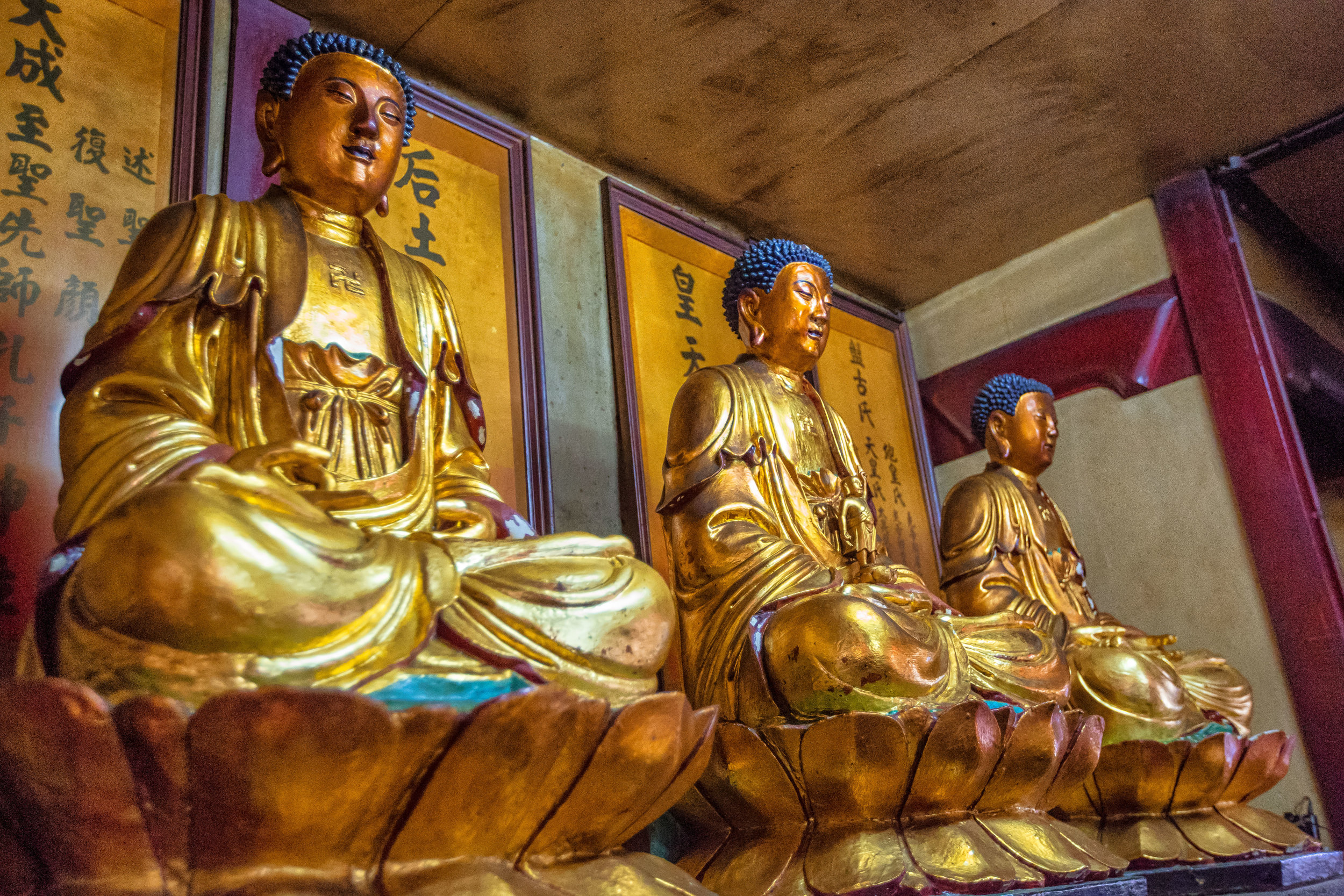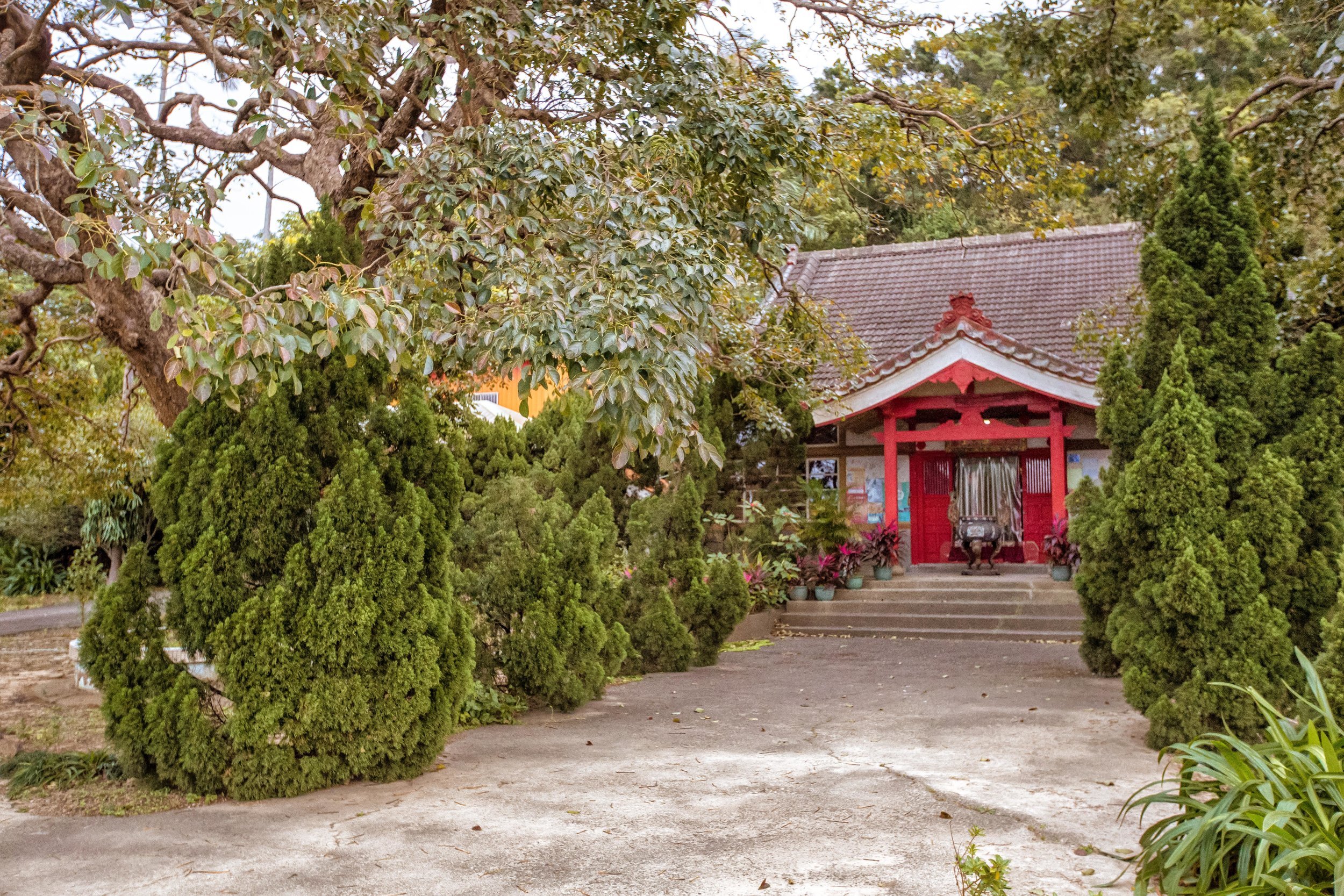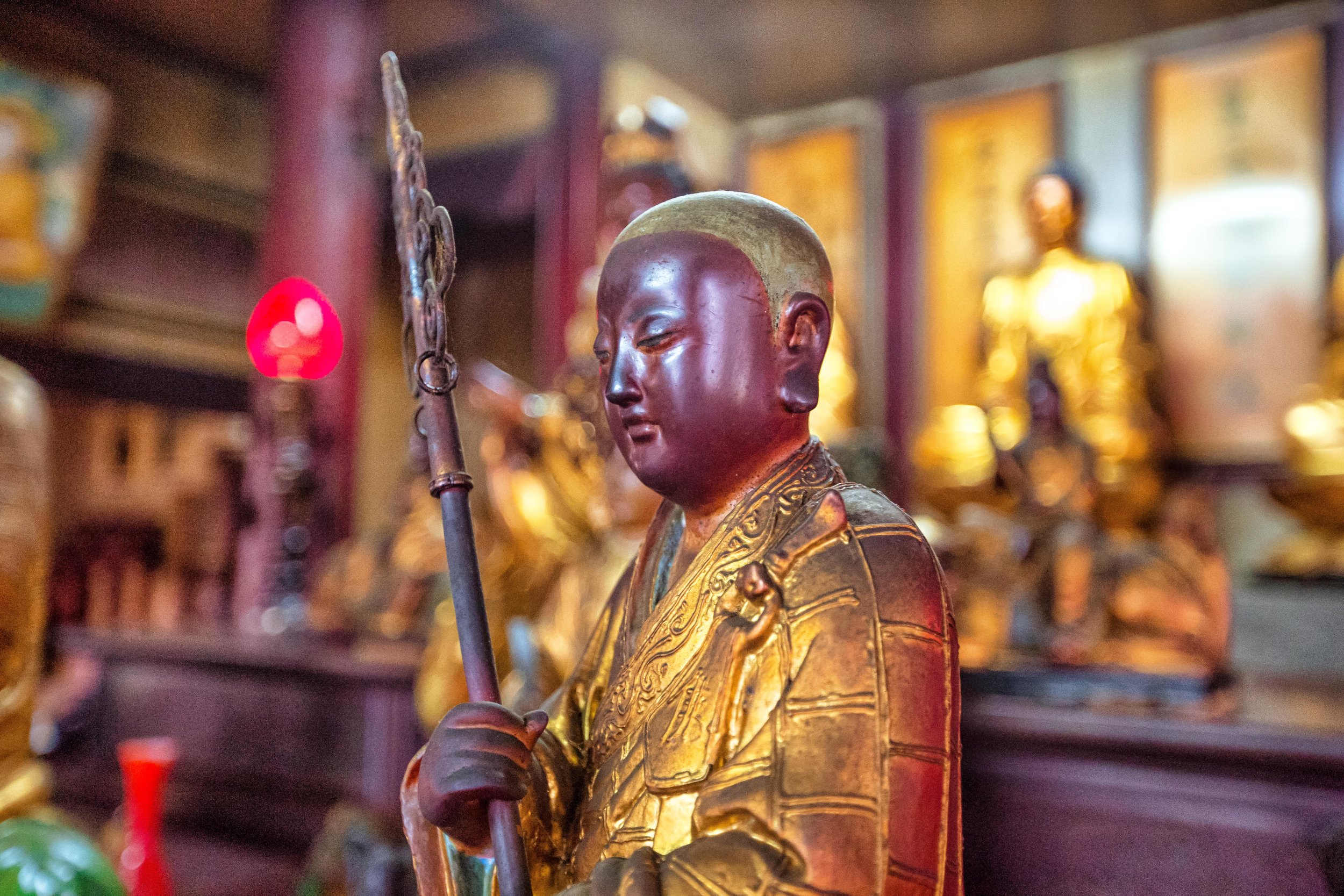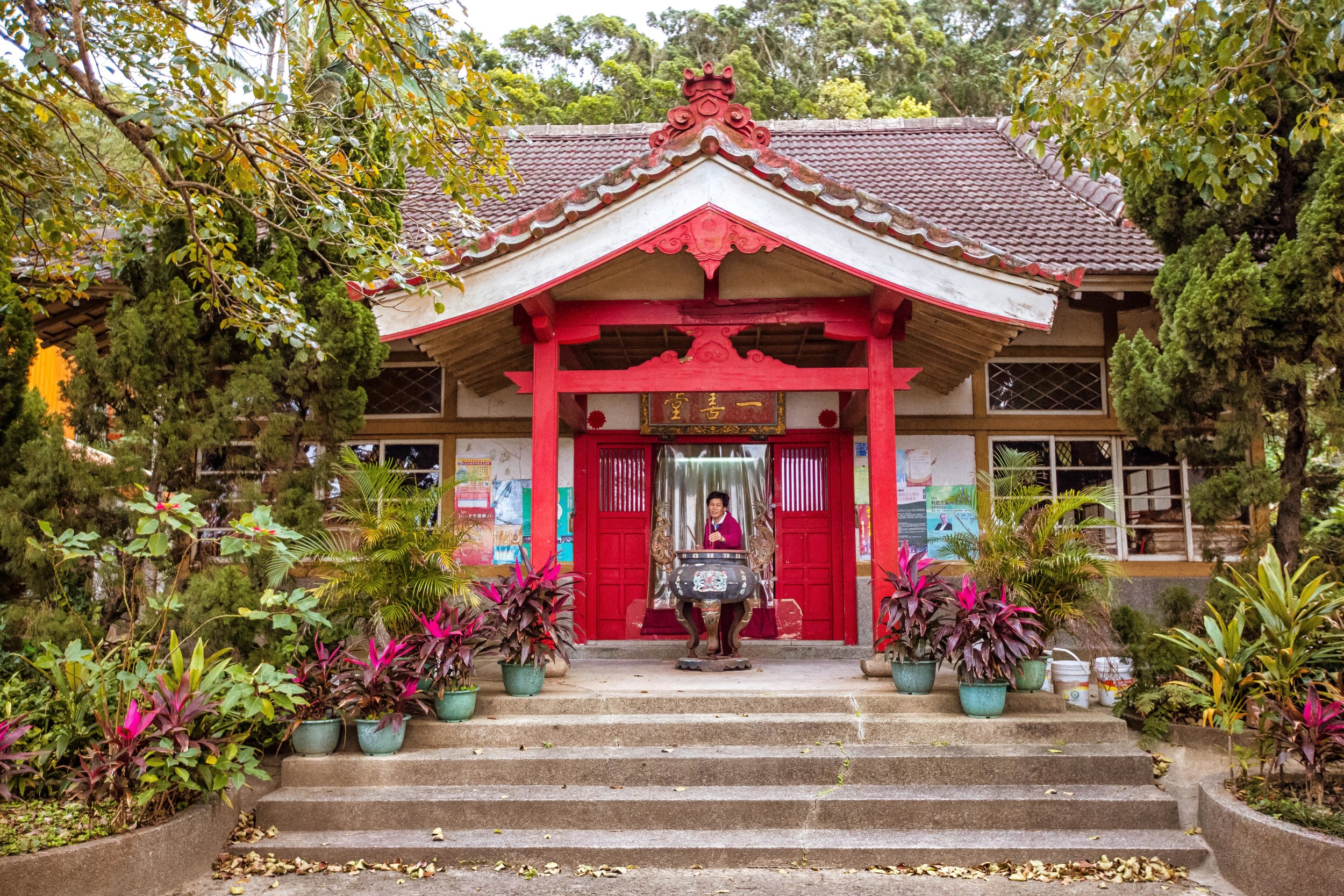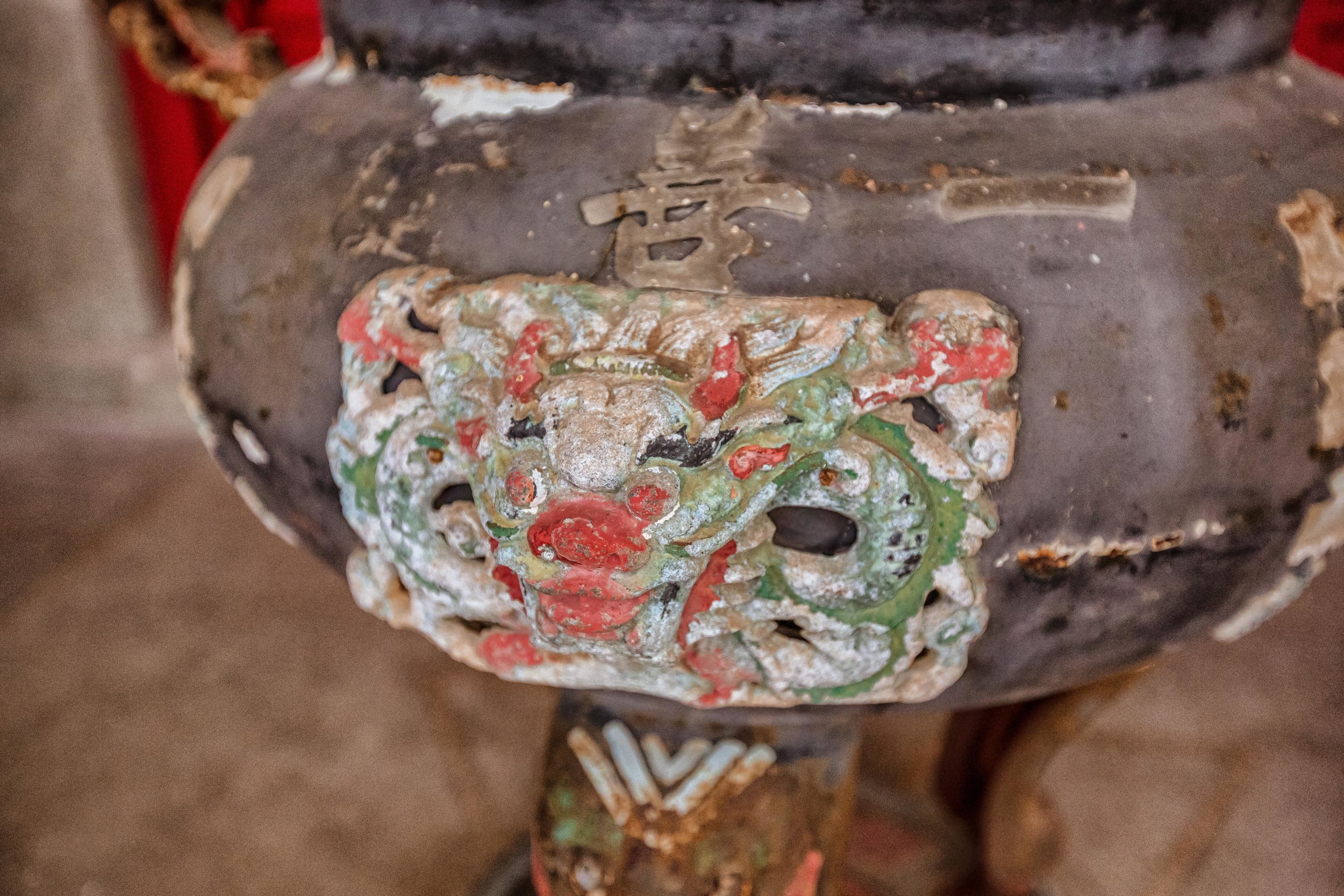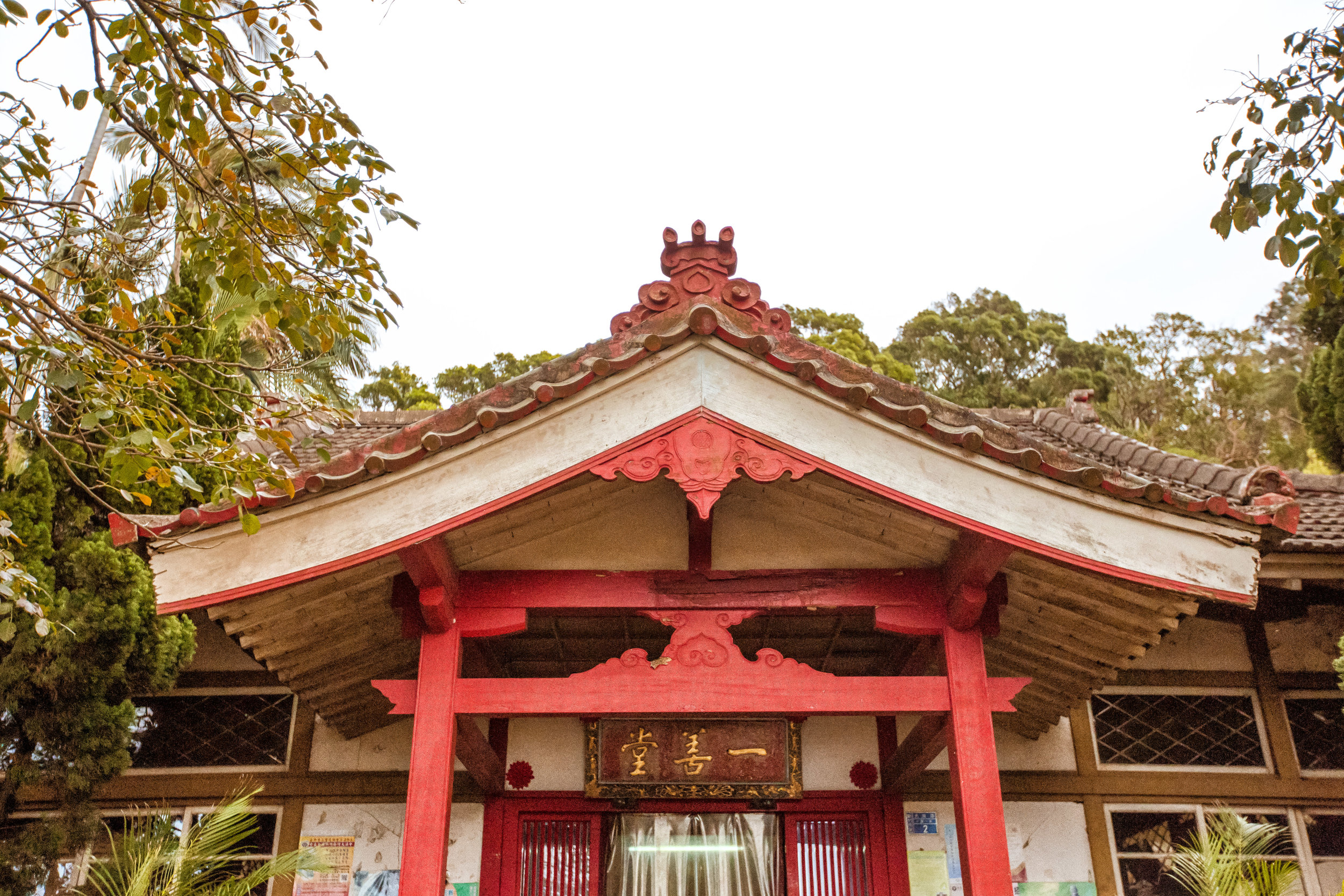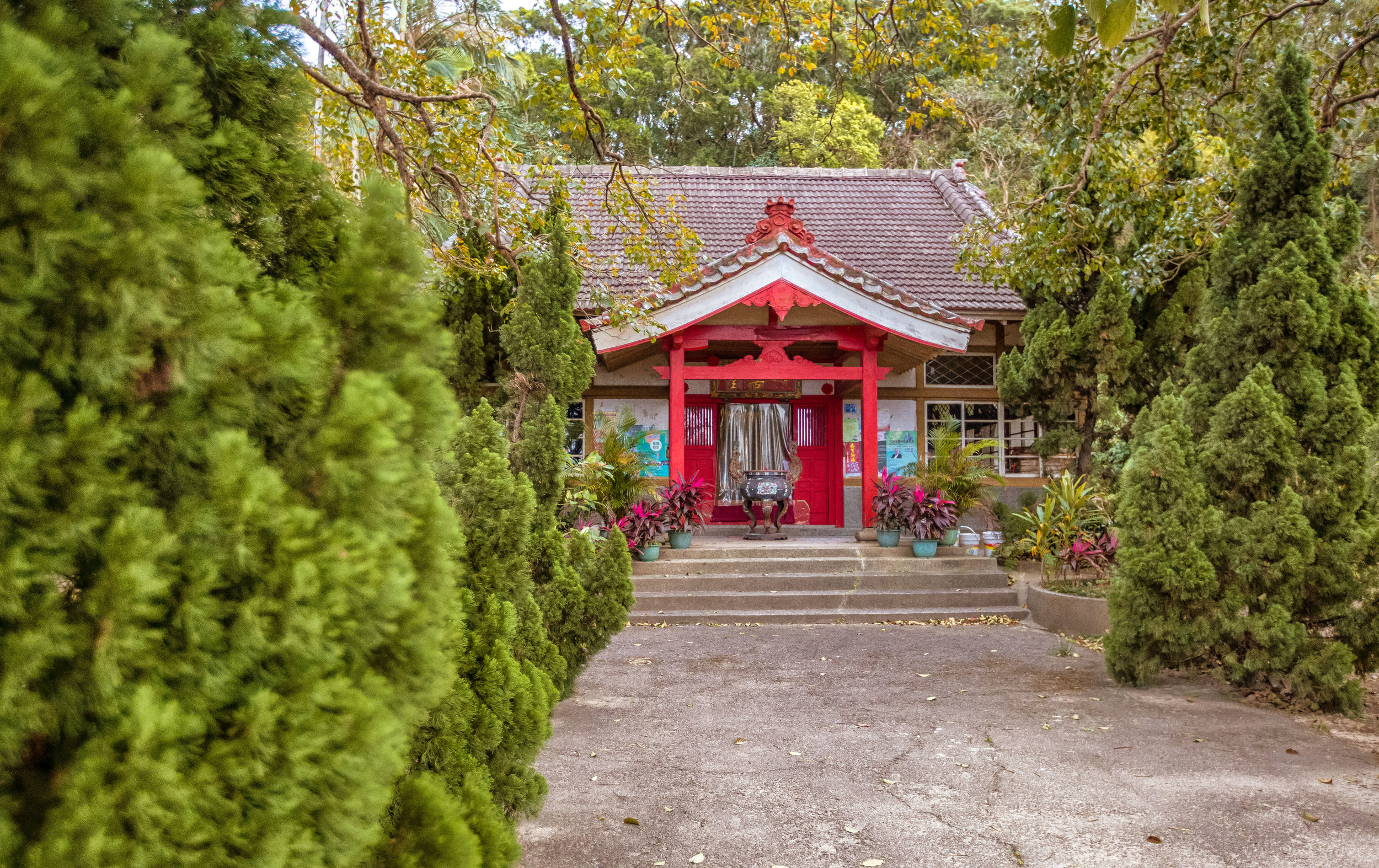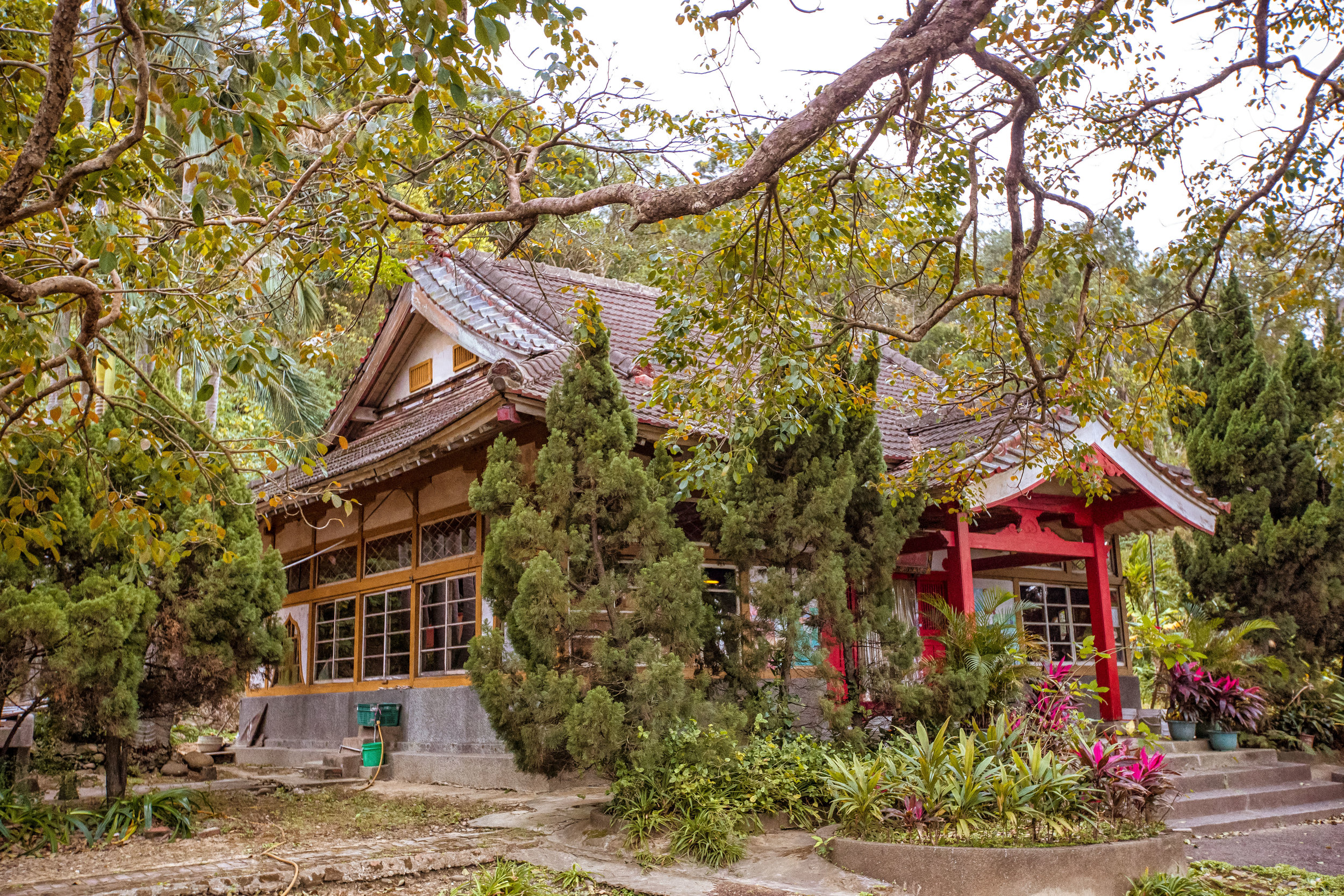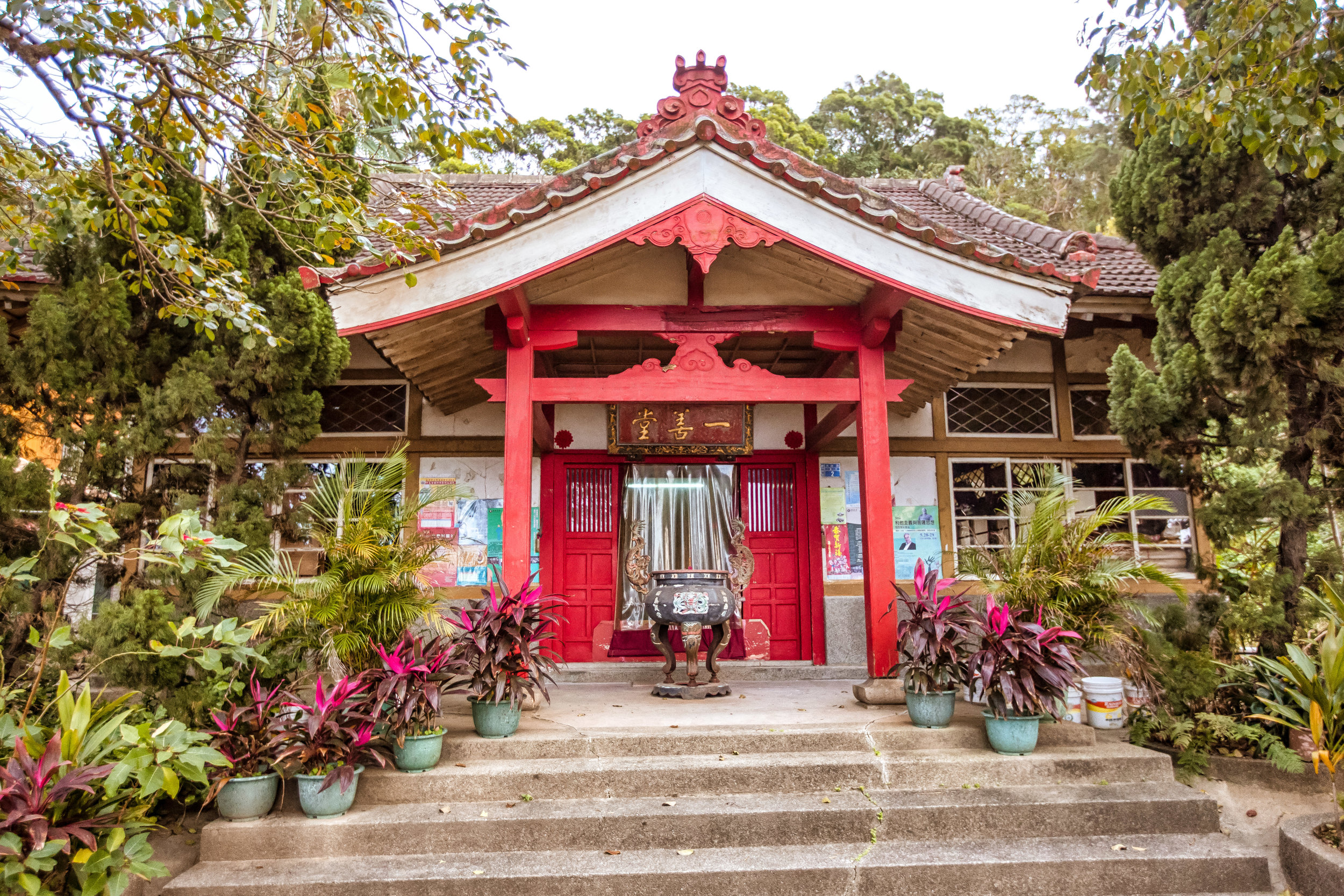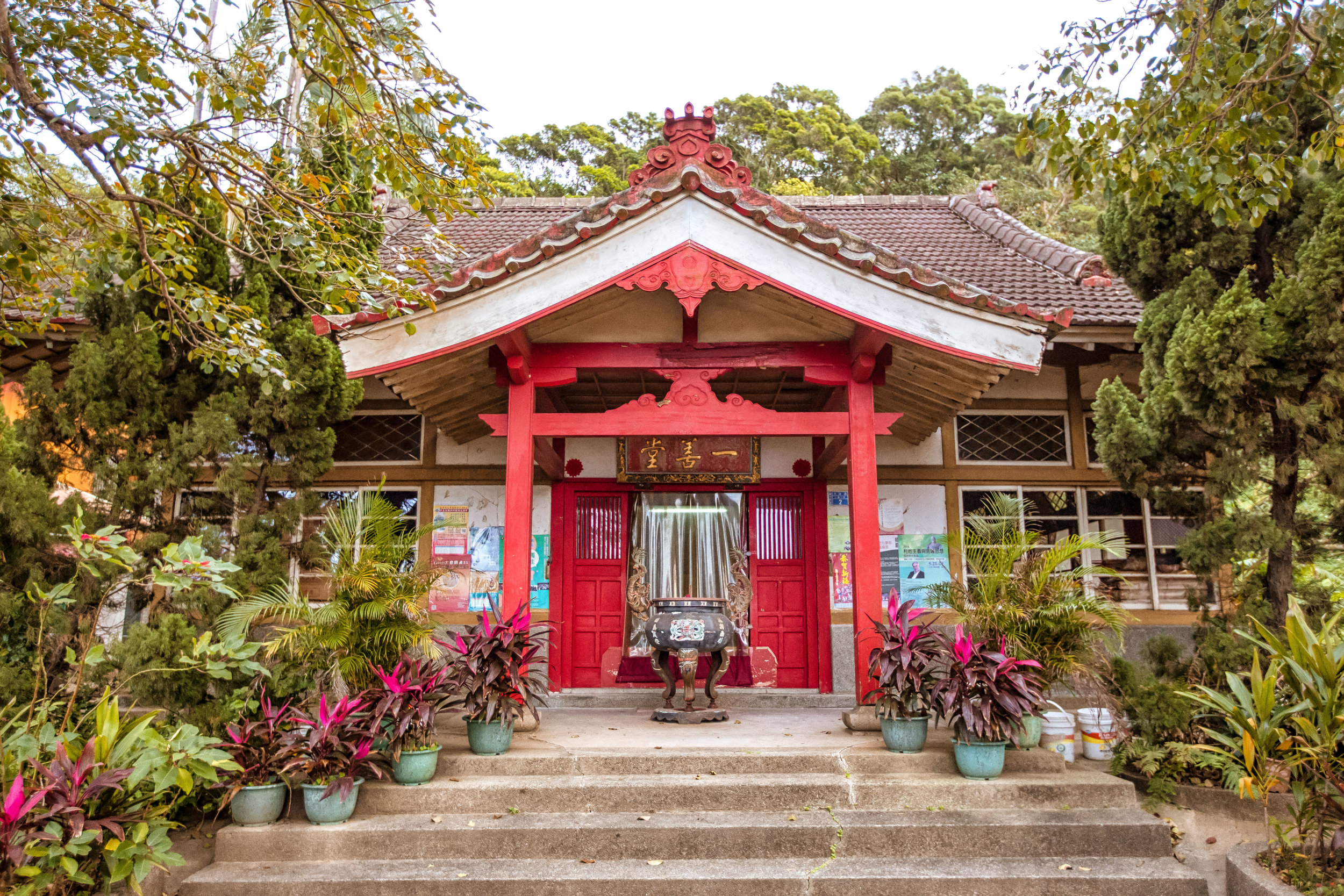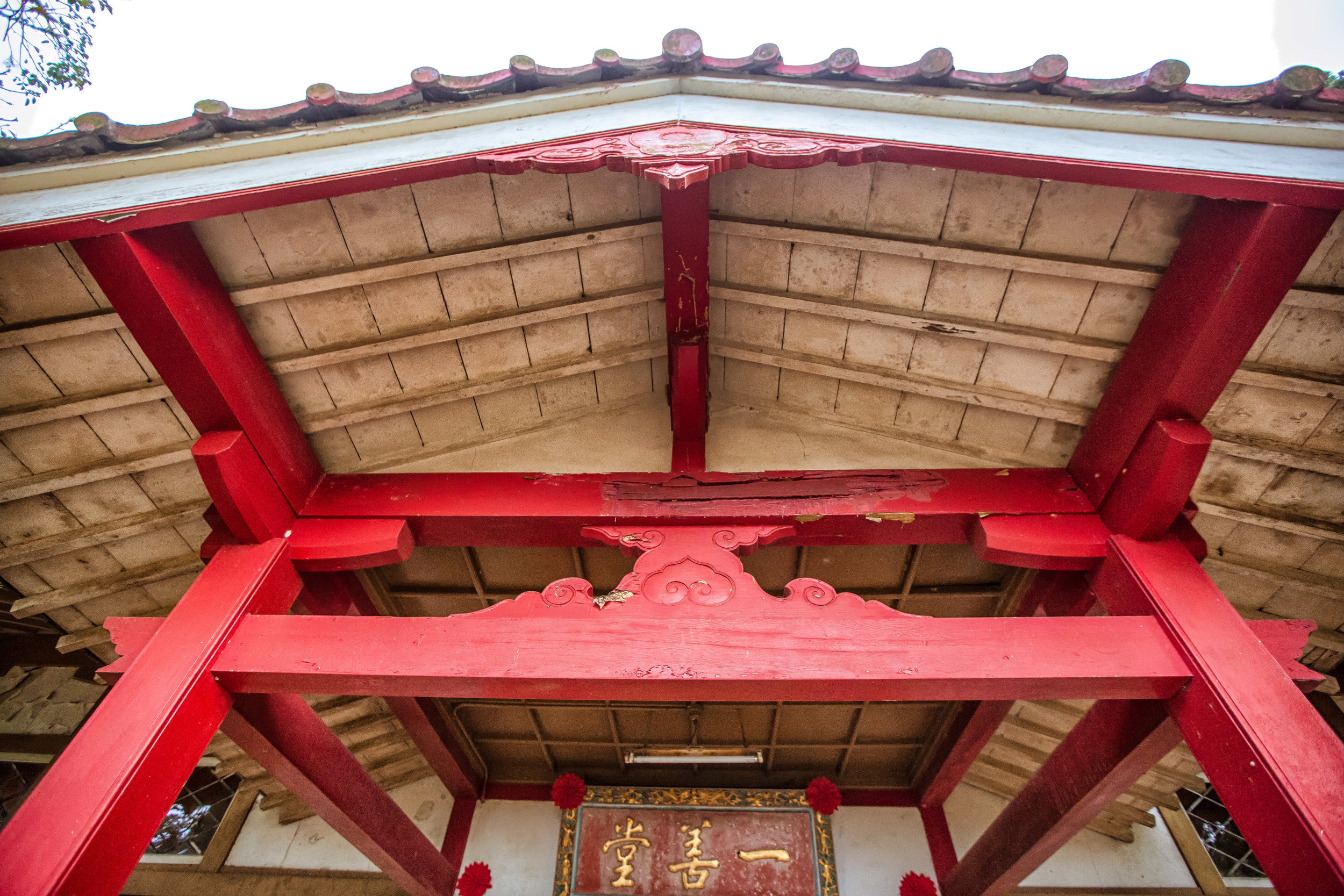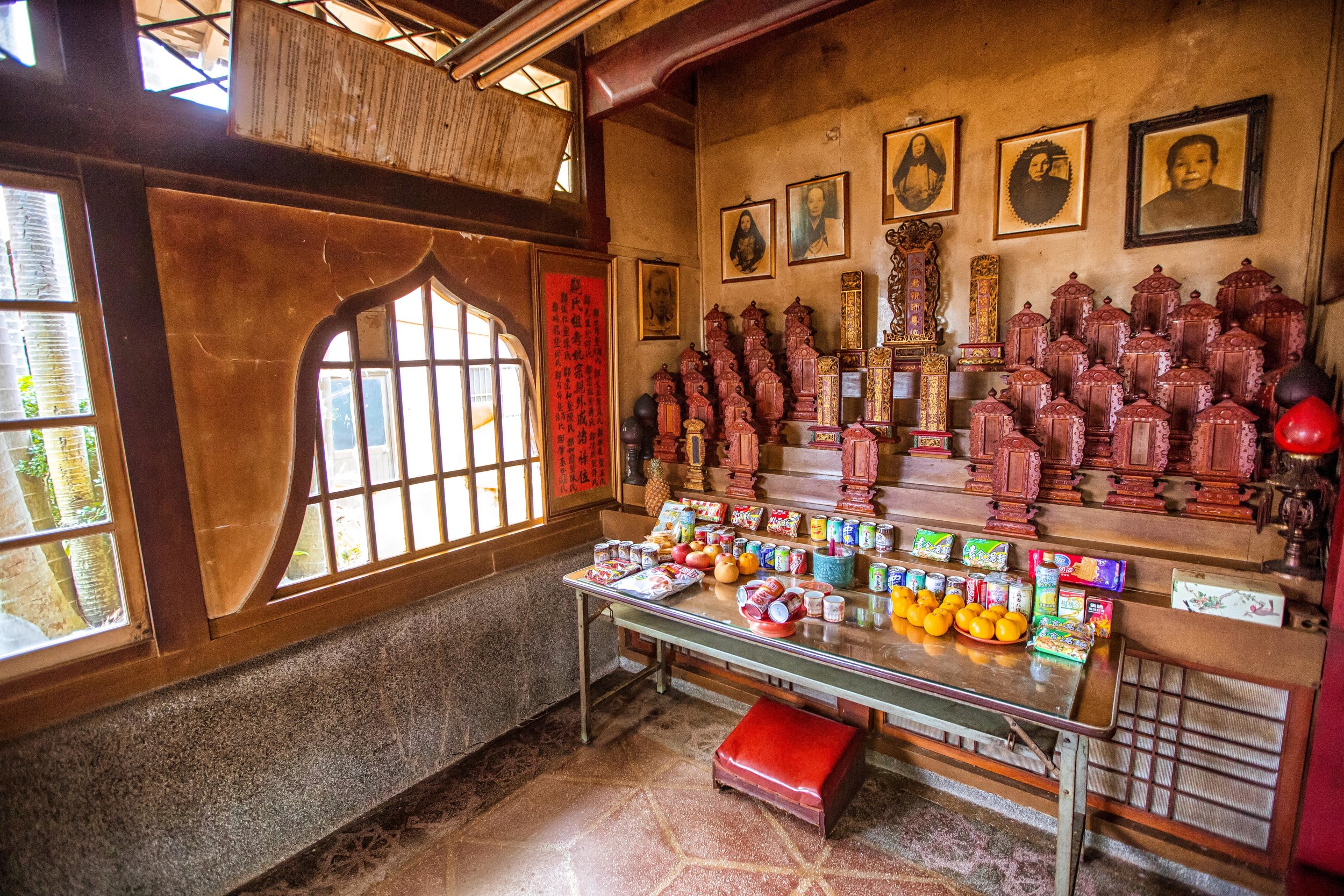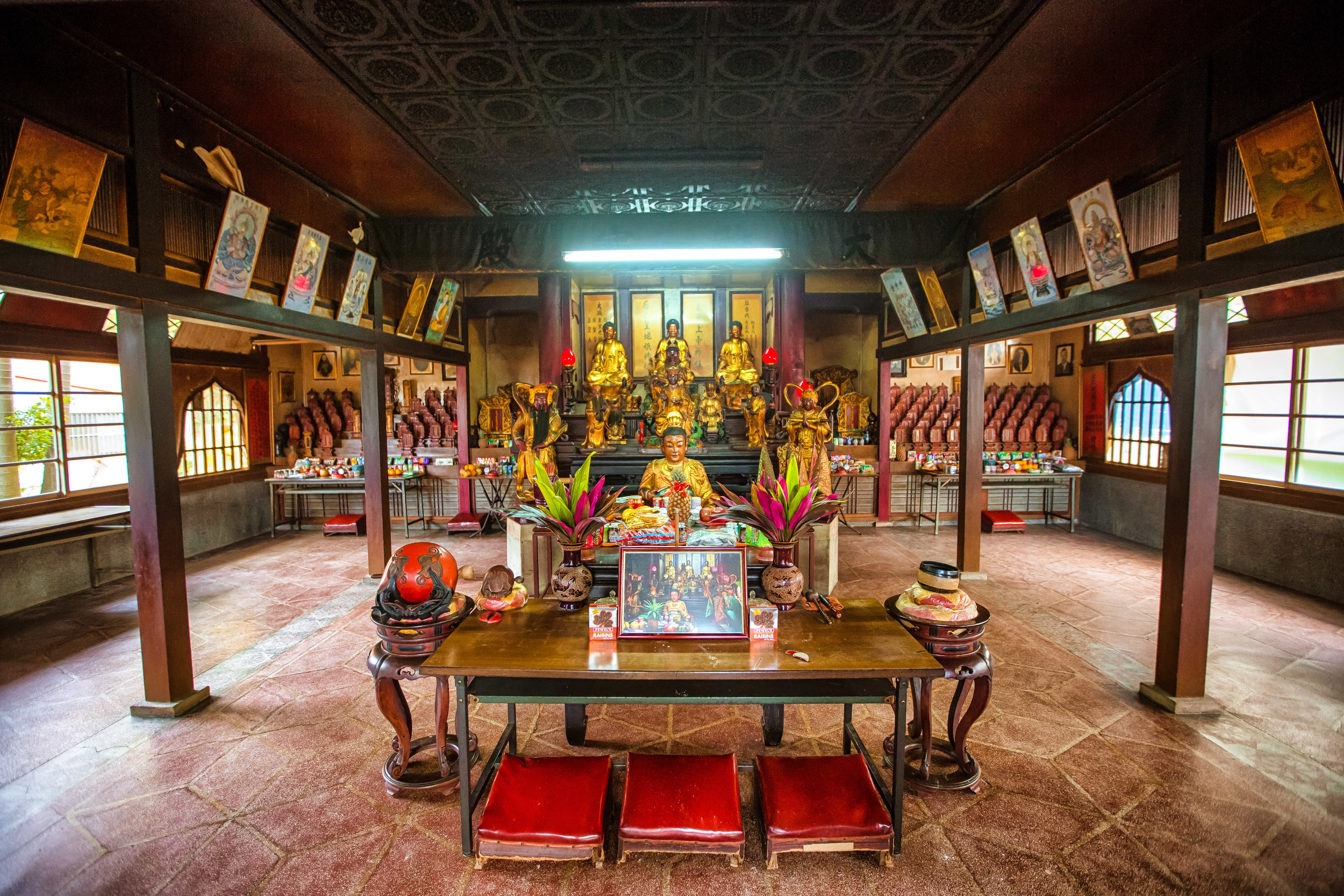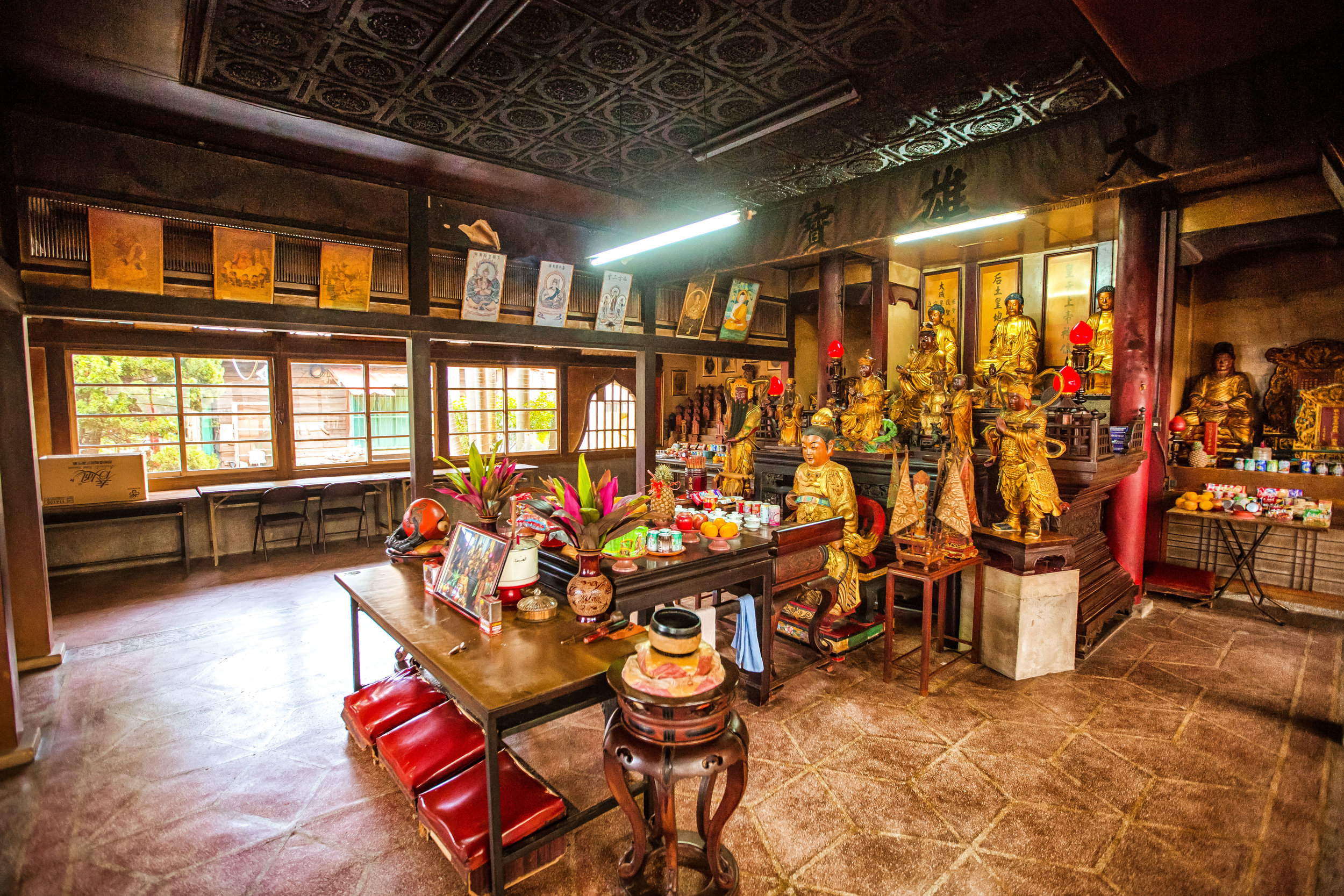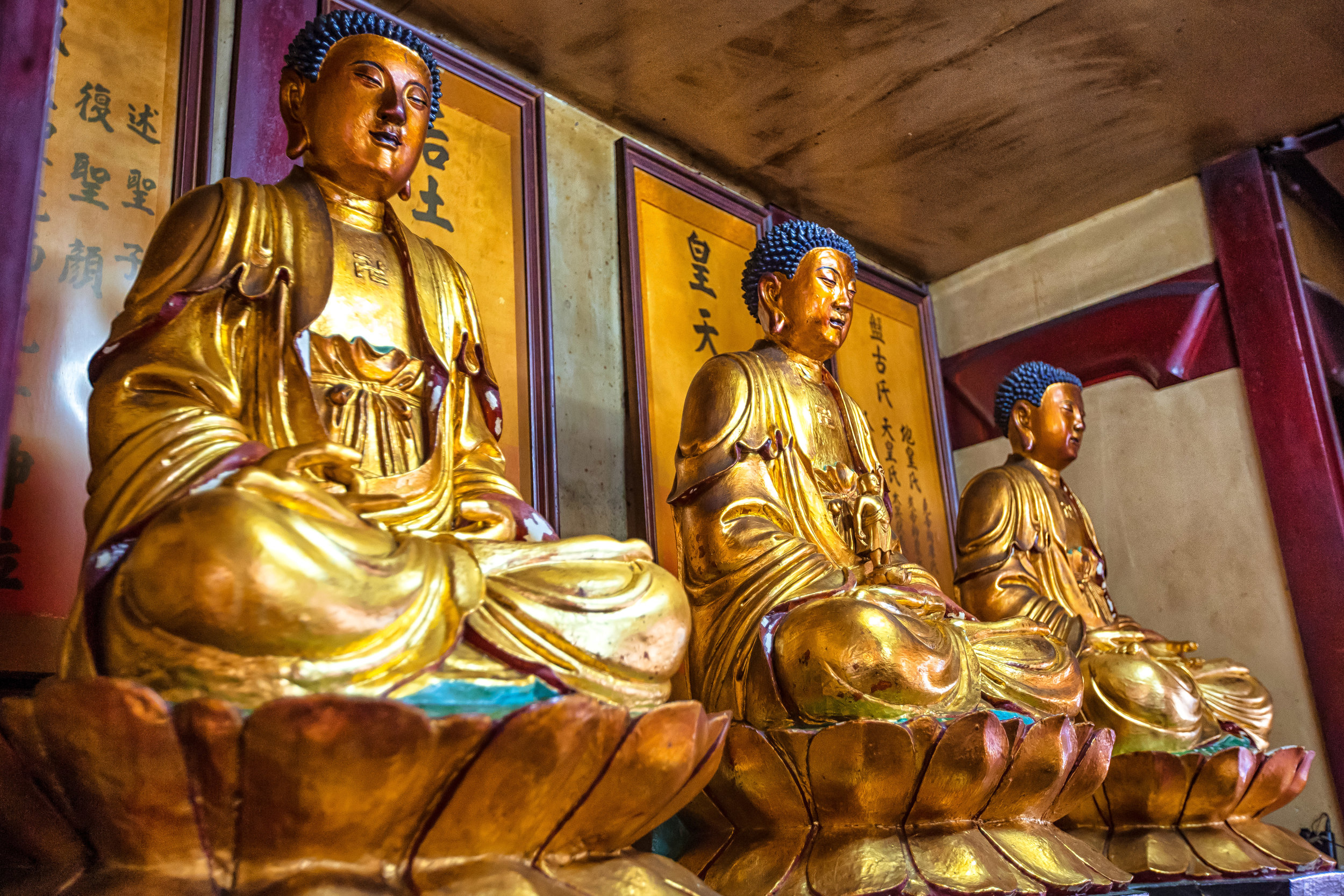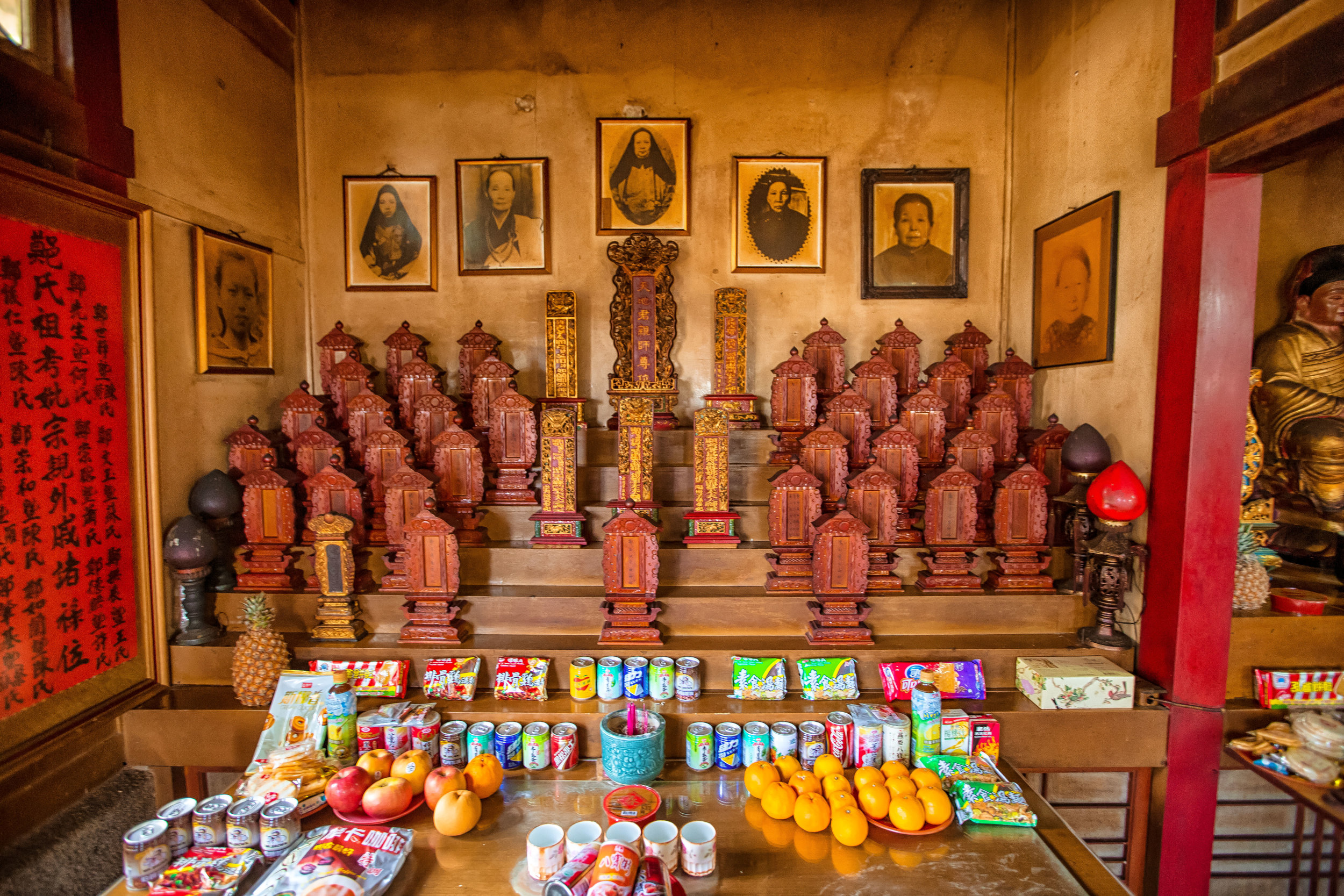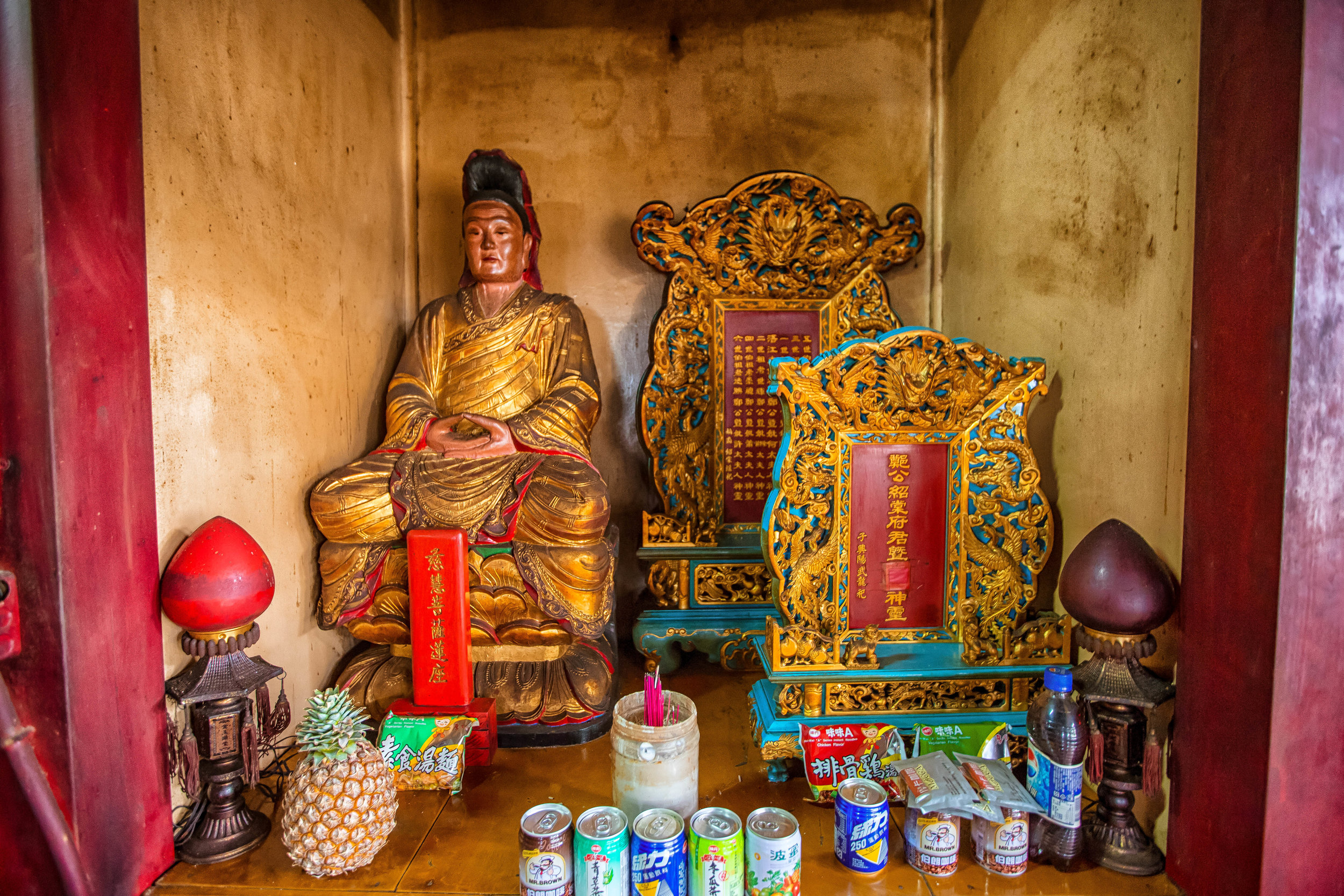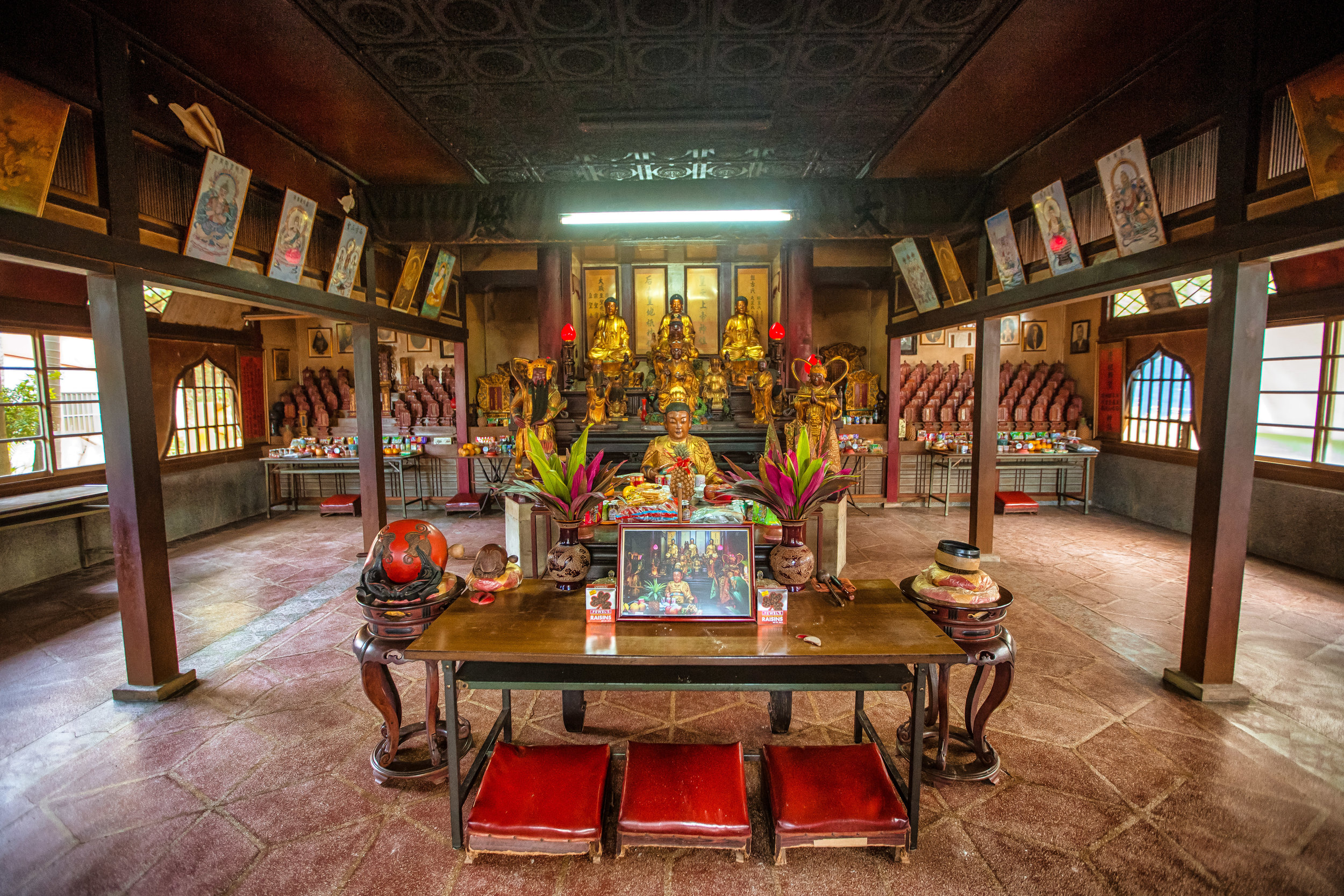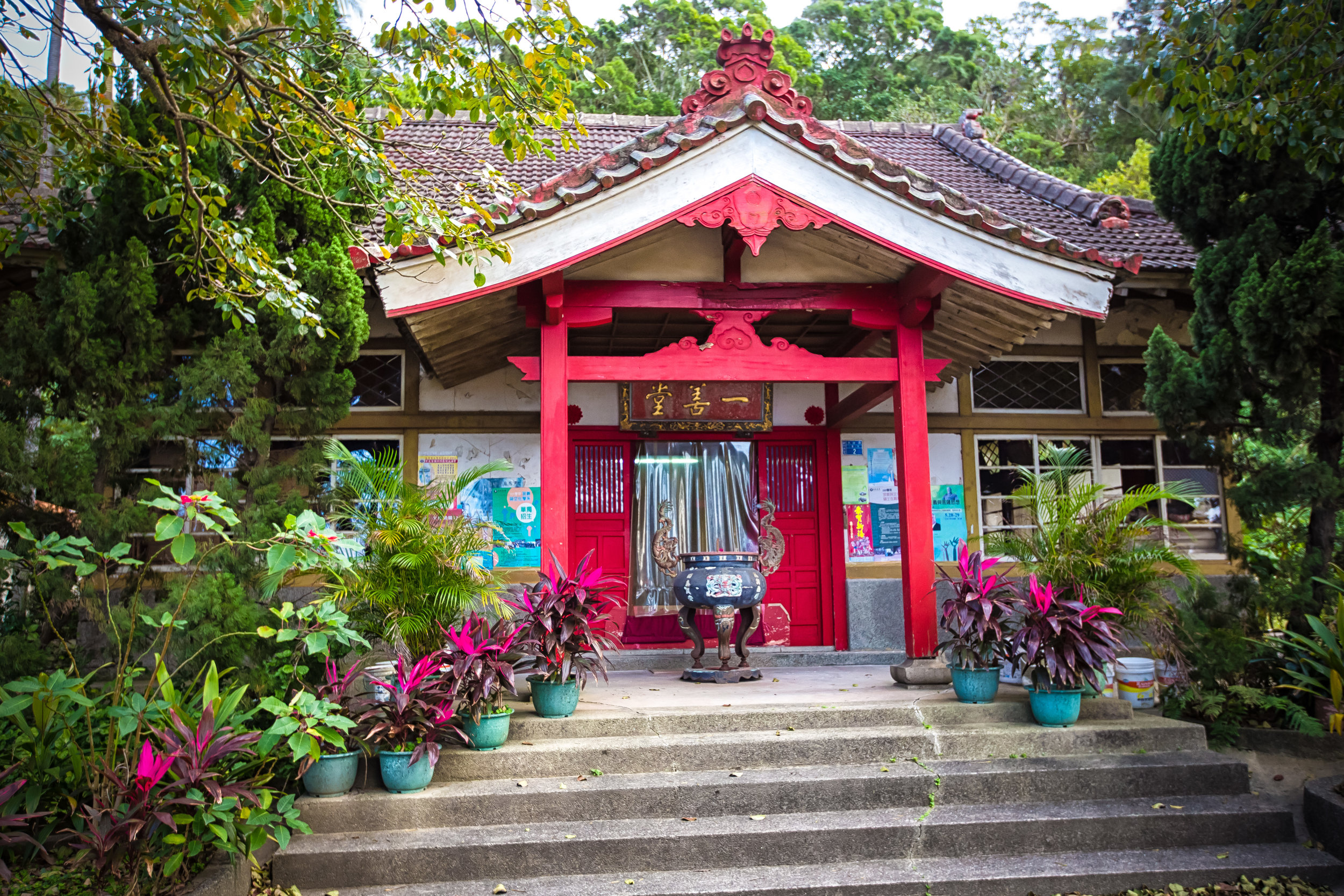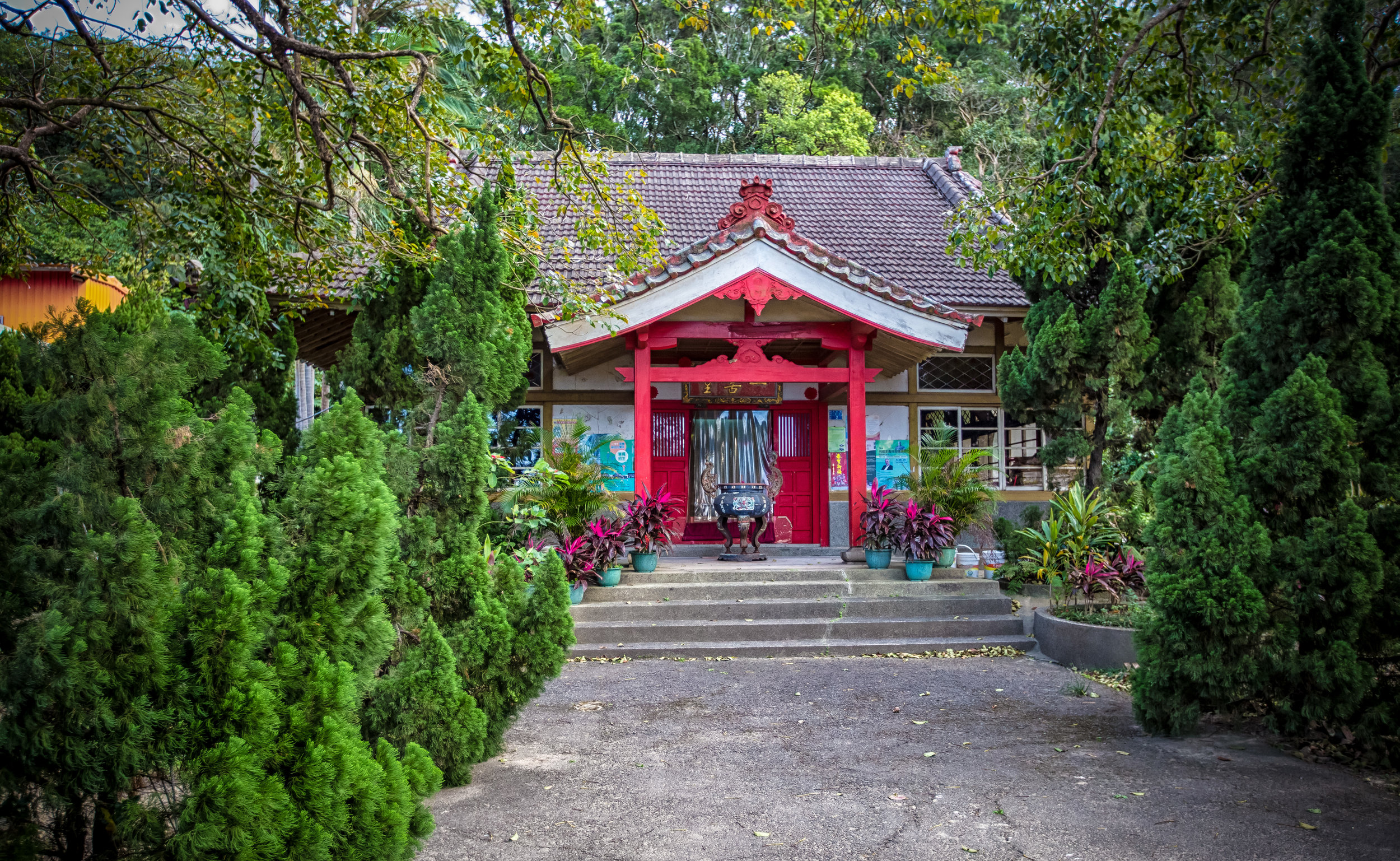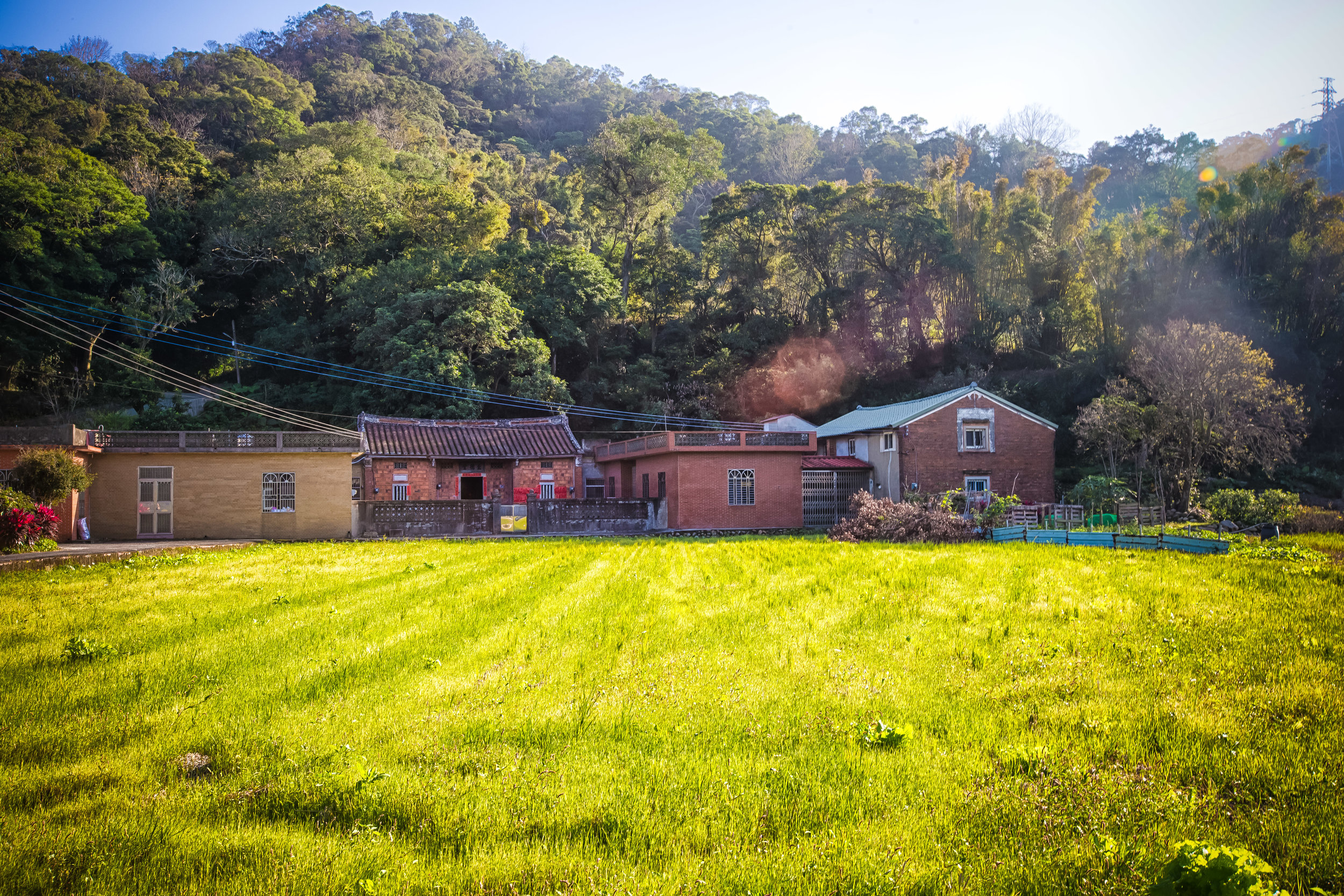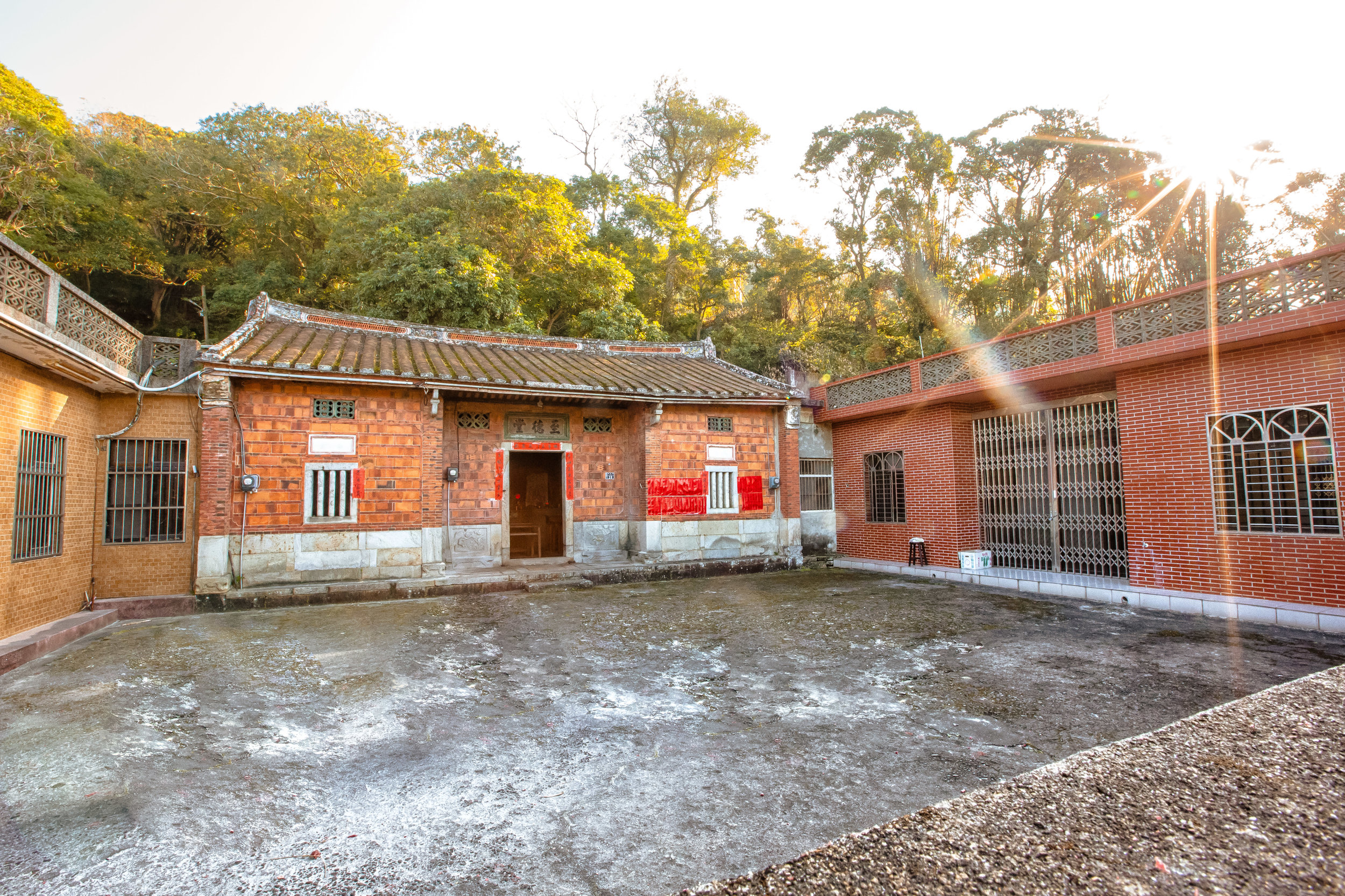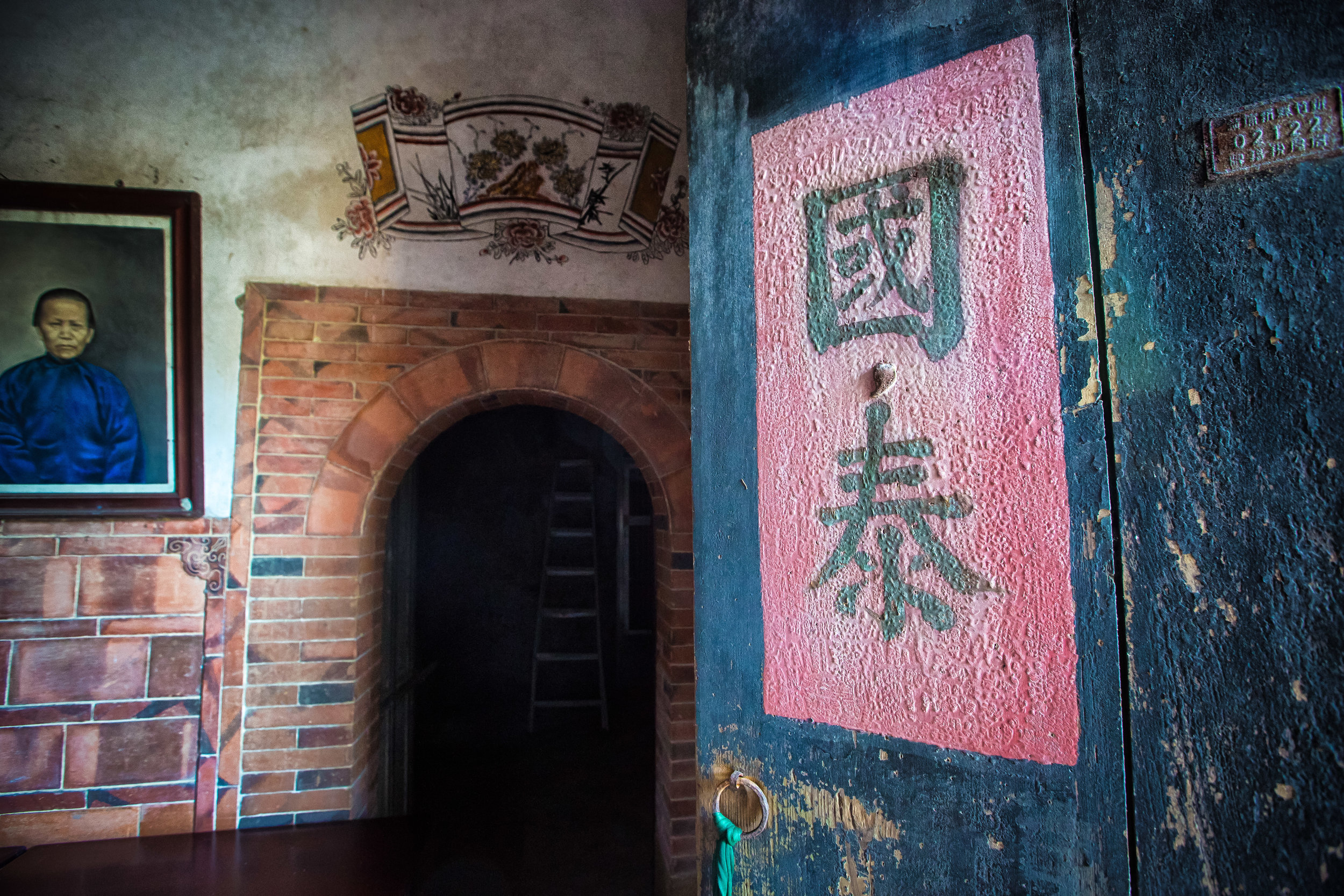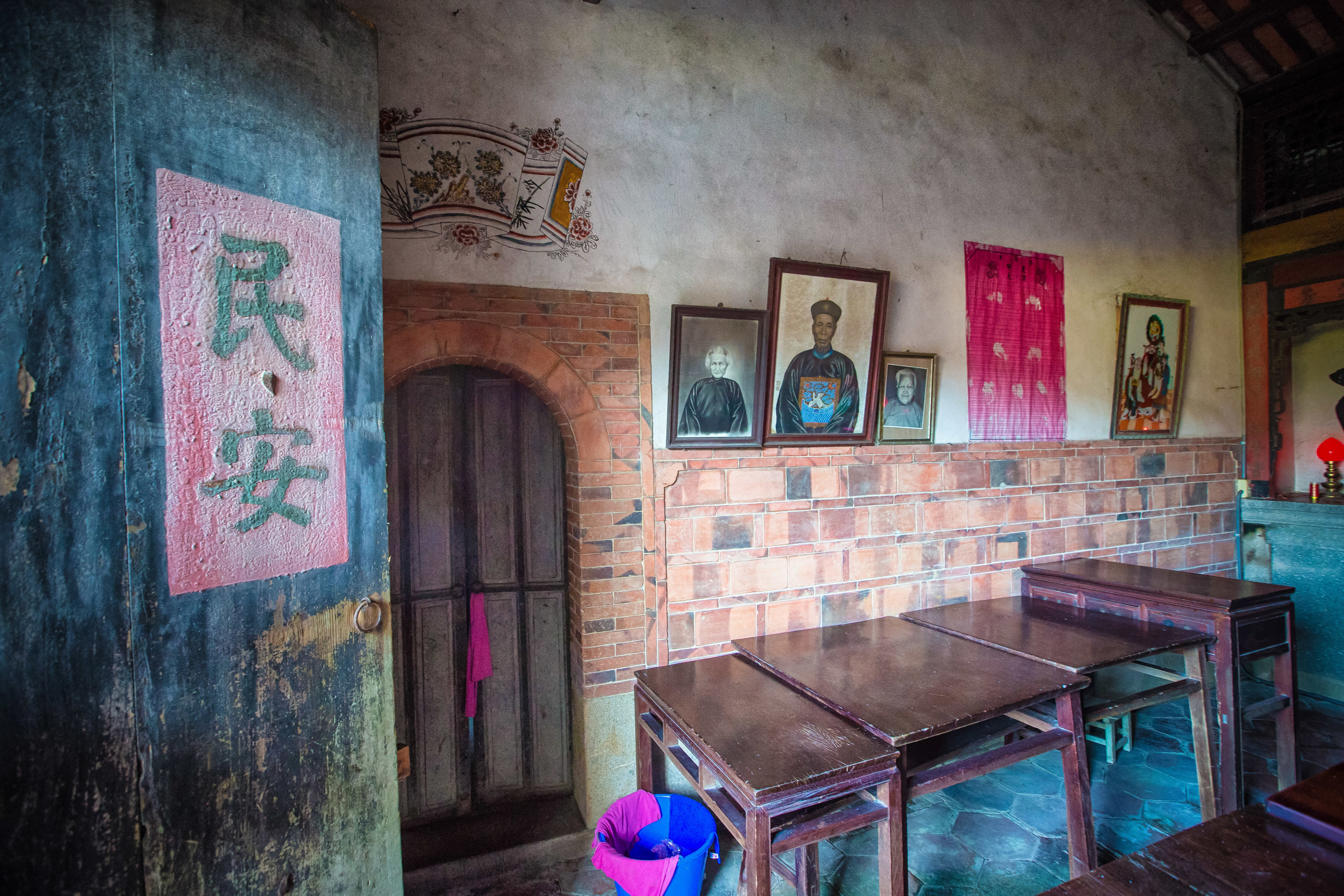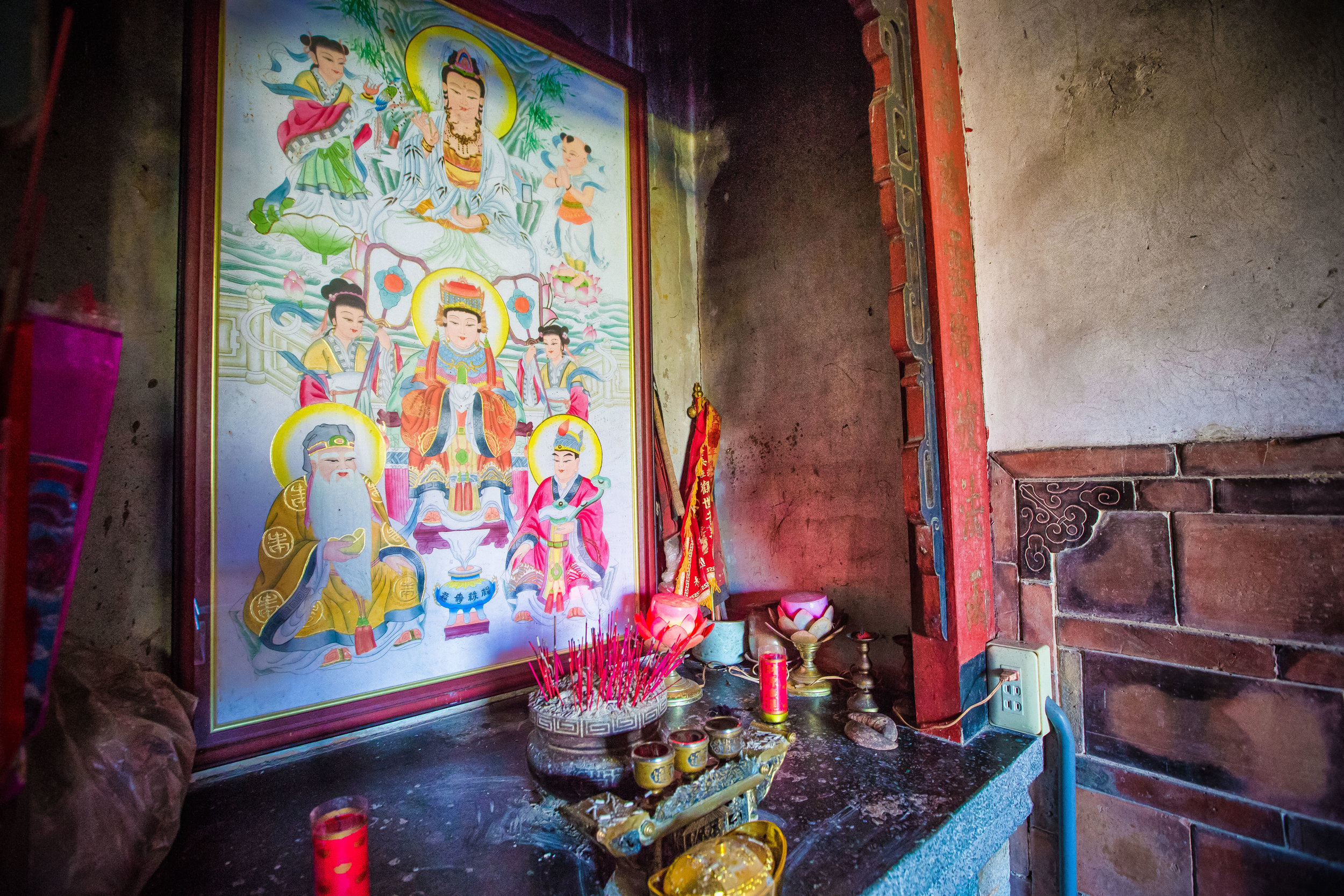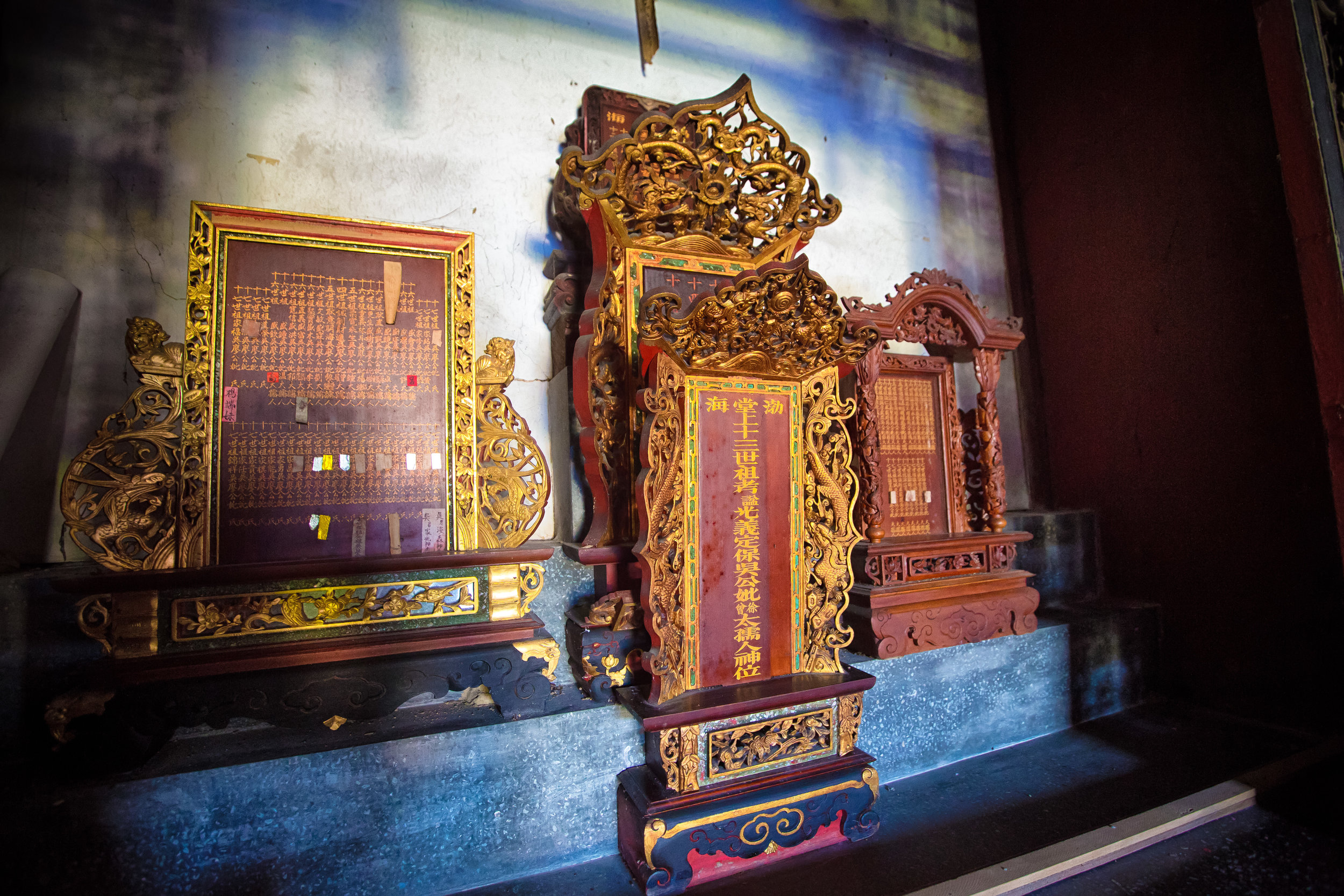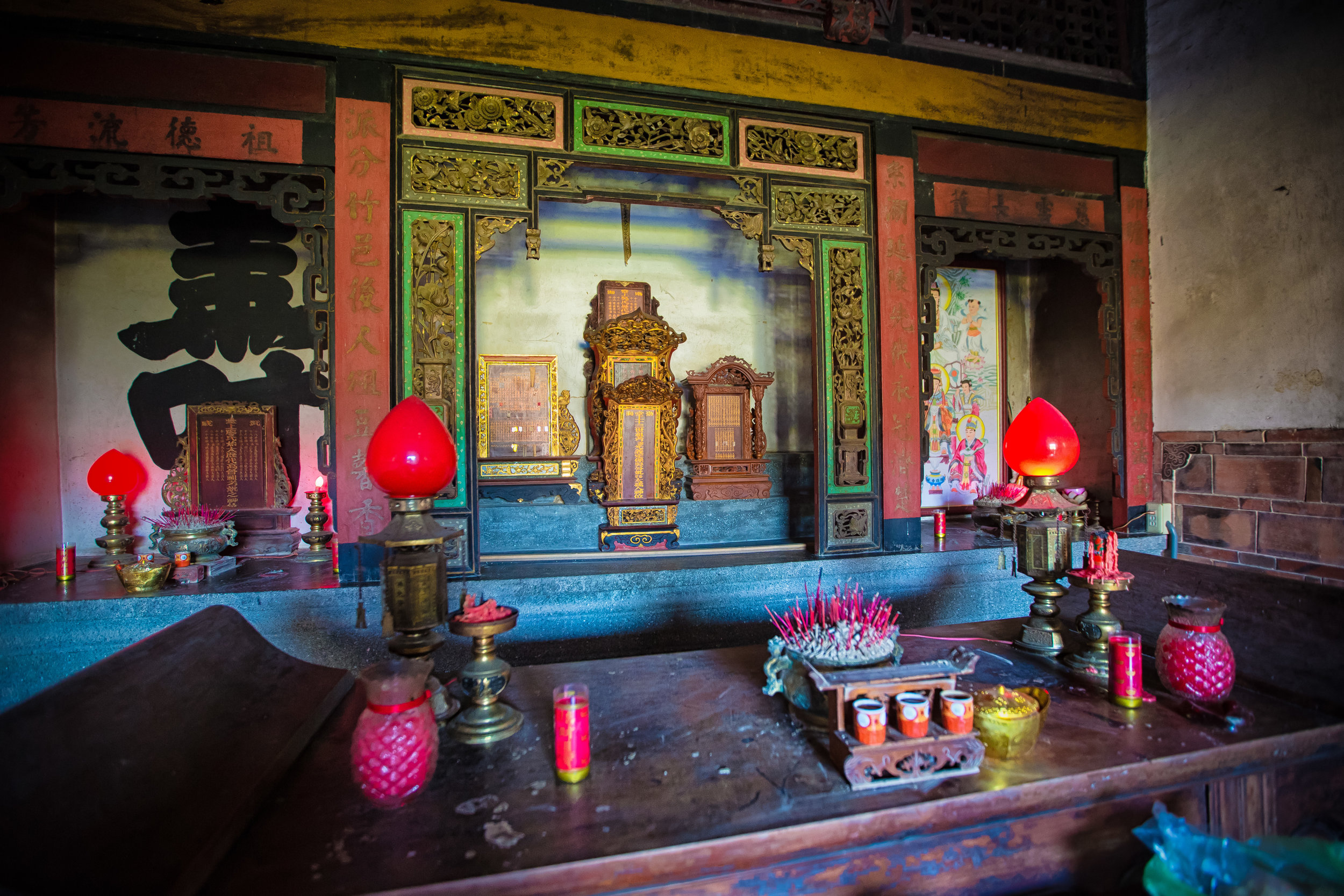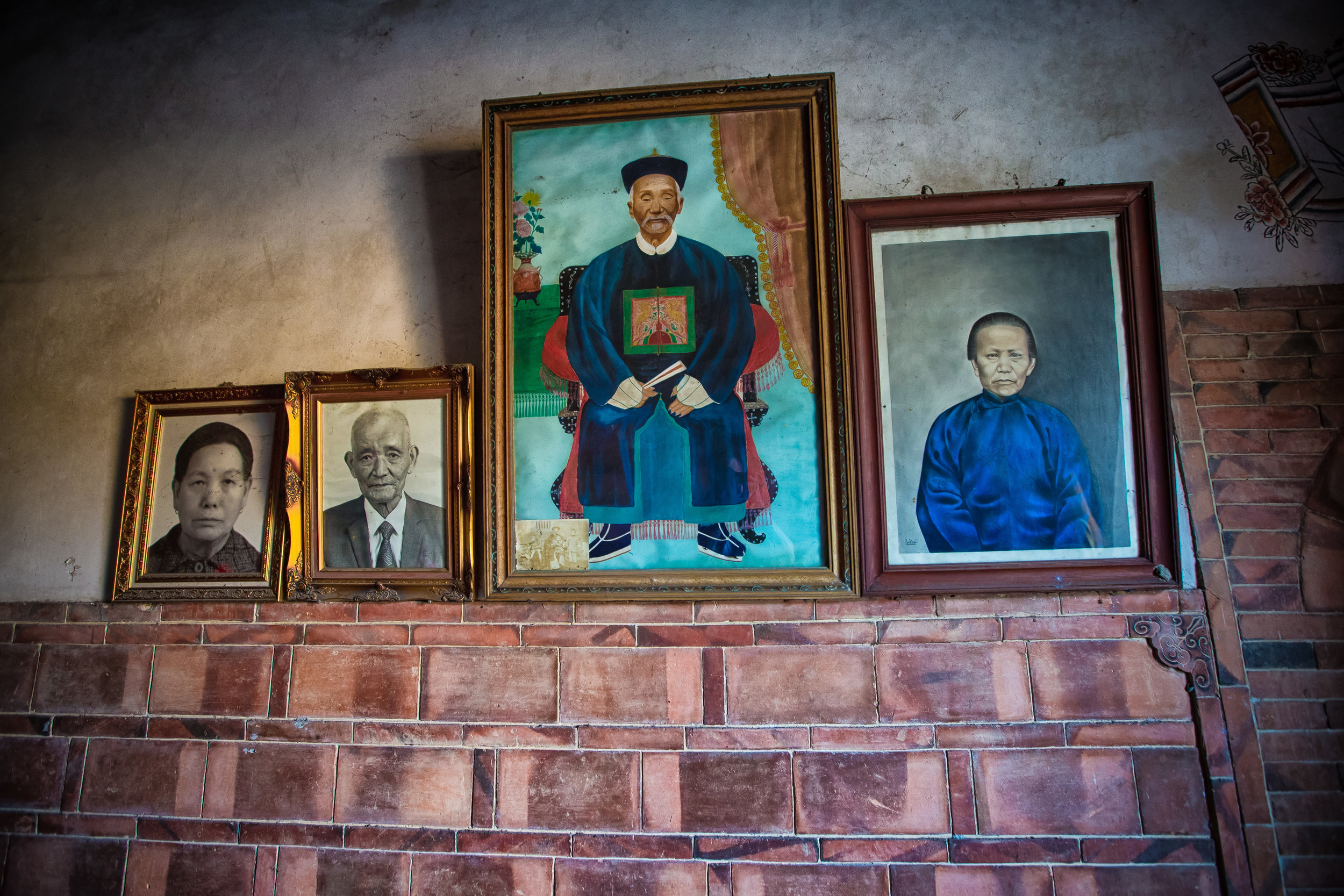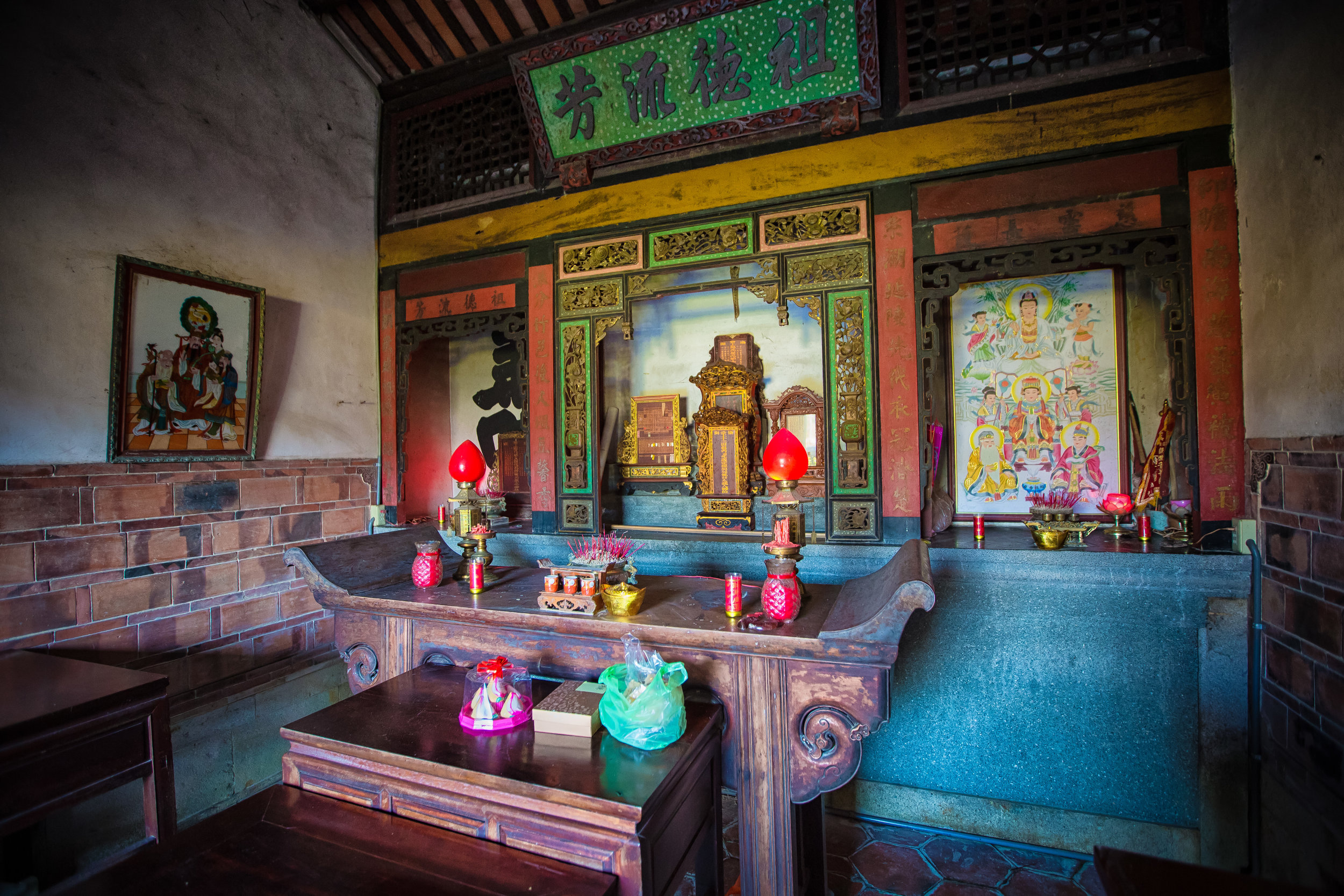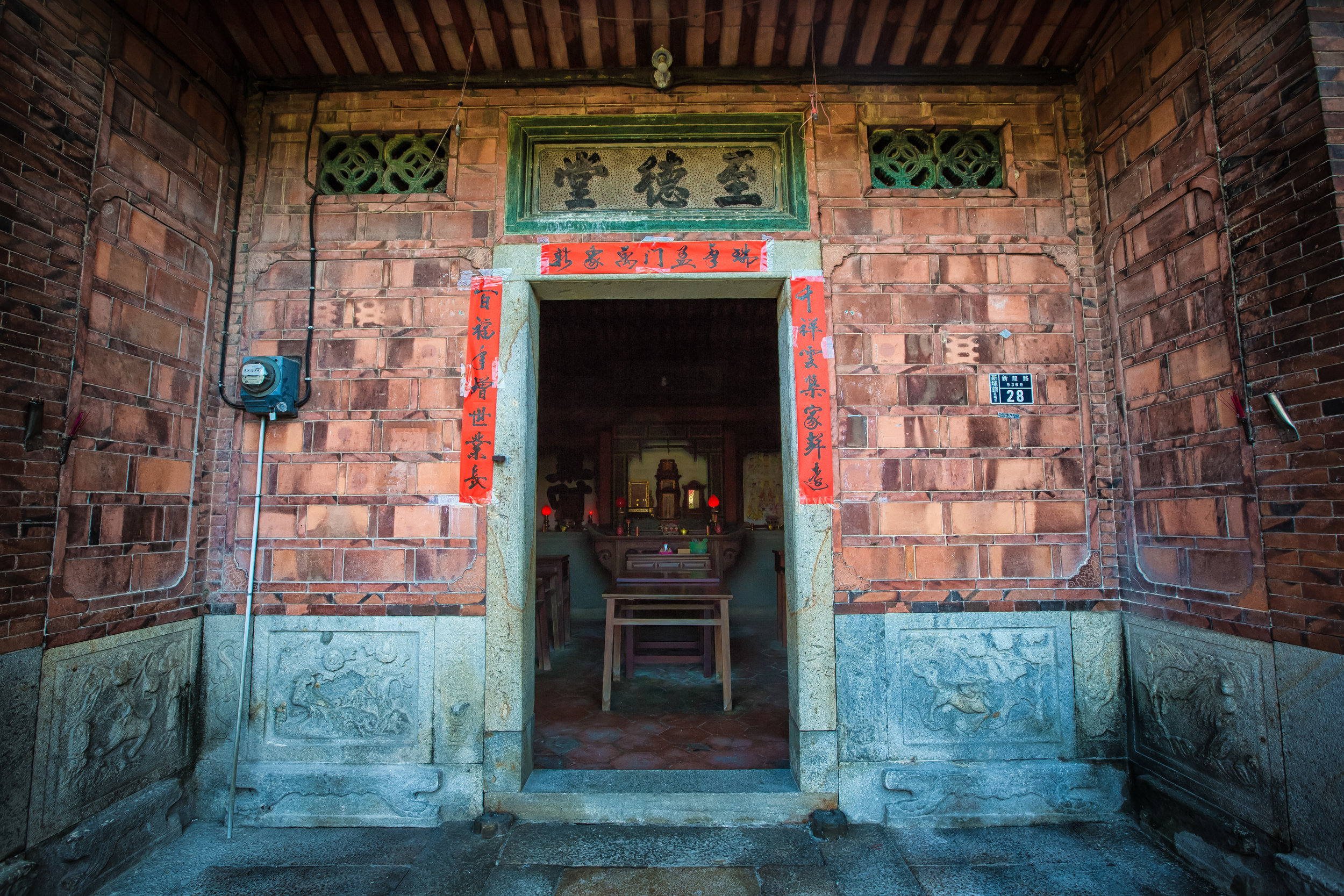I’ve probably mentioned this about a hundred times already but for the last decade I’ve been a resident of a small city in Taoyuan named Zhongli (中壢). The city is one of those special places in Taiwan that is well-known for its preservation of Hakka culture and the availability of amazing Hakka cuisine.
Recently the local city government decided to start putting up signage around the town with the nickname the “Hakka Capital of Taiwan” which was an obvious shout-out to the people who have developed the city into the place it is today.
Like a lot of other towns and villages in the Taoyuan-Hsinchu-Miaoli area (桃竹苗), the population of Zhongli is made up predominantly of Hakka ethnic group and walking around these places you’ll likely hear a mixture of Mandarin, Hakka and Taiwanese from the locals.
While the population of the city is now a bit more diverse, the culture and history of the Hakka people remains prevalent on almost every street corner and that history is celebrated and promoted by all the people who live here.
Even though Zhongli refers to itself as the Hakka “capital” of the nation, Hsinpu village (新埔鎮) in Hsinchu would probably best be referred to as the “Hakka Mecca of Taiwan” thanks to the all-important Yimin Temple. The small village is one of the most important places in the country in terms of Hakka history, culture, cuisine and religion and has been instrumental in helping the Hakka people form their own identity over the last few centuries.
Hsinpu has experienced a revitalization over the past few years thanks to the cultural preservation efforts of the government and everywhere you go you can see the past coming back to life again - Whether you are visiting for some great food or to learn about the history of this amazing culture, Hsinpu is one of the best places to visit and has quite a few attractions for the savvy traveller.
Hsinpu Links: Yimin Temple (褒忠義民廟) | Wu Zhuo-Liu Memorial House (吳濁流故居) | Hsinpu Dried Persimmons | Hsin-Hsing Theater
Today’s post is going to focus on some of the historic Ancestral Halls that you’ll find in the downtown core of the village. These halls, which are also known as shrines (祠堂) or temples (宗祠) are closely linked to Confucian ideology and place an emphasis on filial piety. Although their main purpose is for ancestral worship, they also provide a place for family get togethers and various events throughout the year.
The most common feature of Ancestral Shrines that transcend all of the Chinese ethnic-groups are the ancestral tablets (神位) in the main shrine room. Family members will visit several times a year to honour their ancestors, take part in rituals as well as whenever a wedding or a funeral takes place.
You’ll find Ancestral Halls like this dedicated to a specifically family all over Taiwan but the reason why the halls in Hsinpu are of particular interest is because of the history of the town and that they represent most of the families who first settled the area several centuries ago.
This post will unfortunately have to be one that will be updated gradually over time because the halls are in varying states of disrepair and are currently being restored. There is also the issue that while these ancestral halls are national historic monuments, they are not always open to the public which makes them a bit difficult to take photos of.
As there are seven of these shrines in the village, I’ll provide photos for most of them but I won’t be going into too much detail about their history apart from when they were constructed and how accessible they are to the public. Most of this information isn’t available online in English so I’ll do my best to help make this stuff a bit clearer to travellers.
Chen Family Ancestral Shrine (新埔陳氏宗祠)
The Chen Family Shrine is situated directly on the Main Street of Hsinpu Village and dates back to 1868. The shrine is currently in the process of being restored but is one of the few that is accessible to the public. The shrine is looks as if it is in good shape from the outside but the wooden planks in the interior of the shrine had started to rot and were causing structural problems which forced the shrine to close for a period of time.
The building is quite beautiful with artwork on the walls, doors and the roof and a tree-covered courtyard between the shrine and the main gate.
When the restoration project is completed it will reopen and you’ll be able to stop in for a visit between Tuesday and Saturday. (Closed for family gatherings on Sundays and Mondays).
The shrine is considered a county-level historic site (縣定古蹟).
Address: 新竹縣新埔鎮中正路510號 (中文介紹)
Zhang Family Ancestral Shrine (新埔張氏家廟)
The Zhang Family Ancestral Shrine is probably in the worst shape of all of the ancestral shrines in Hsinpu today. The shrine which dates back to 1868 is currently undergoing a process of large scale restoration and is inaccessible to the public.
This kind of thing however rarely stops me and I wandered on site to check out the shrine. After a few minutes of walking around the construction site the foreman called out to me and I figured I was going to get kicked out but instead got a free tour of grounds. Despite the fact that the shrine is in terrible shape, he said that it would likely reopen to the public sometime in 2018. Currently the shrine is empty and the spirit tablets have been moved elsewhere for safe-keeping.
The shrine is considered a country-level historic site (縣定古蹟)
Address: 新竹縣新埔鎮和平街347巷22號 (中文介紹)
Liu Family Ancestral Shrine (新埔劉家祠)
The Liu Family Ancestral Shrine is currently the only shrine in town that has been fully restored and is accessible to the public. The shrine is open between Tuesdays and Saturdays and has both information available in English and Chinese to visitors.
The Liu Family Ancestral Shrine dates back to 1867 and as it is the one that is most accessible to the public and in the best shape you’ll be able to enter the grounds and walk around. The things to notice with this shrine is the incredibly preserved artwork on the walls as well as the wooden craftsmanship on the roof and the trusses that hold it up.
The shrine is considered a county-level historic site (縣定古蹟)
Address: 新竹縣新埔鎮和平街230號 (中文介紹)
Pan Family Ancestral Shrine (新埔潘屋)
The Pan Family Ancestral Shrine dates back to 1861 and from the outside looks to be in relatively good shape. The shrine is not accessible to the public however and the best you can do is look at it from a distance.
The shrine is next door to the Liu Family Shrine but instead of being next to the road, it has a large front lawn between the main gate and the shrine which is actually quite rare in Taiwan.
The shrine is considered a county-level historic site (縣定古蹟)
Address: 新竹縣新埔鎮和平街170號 (中文介紹)
Chu Family Ancestral Shrine (新埔朱氏家廟)
The Chu Family Ancestral Shrine was constructed in 1846 and is currently being restored. The shrine is the smallest of the seven and looks as if there is a family living on-site. The shrine isn’t open to the public and the best you can do is check it out from the gate outside.
I’m not sure how long the restoration process will take but the metal canopy that was constructed over the shrine to protect it from the elements likely means that there is an issue with the roof and the structure itself.
Address: 新竹縣新埔鎮和平街158號 (中文介紹)
Lin Family Ancestral Shrine (新埔林氏家廟)
The Lin Family Ancestral Shrine is the newest of all of the shrines in town and also in the best shape. Dating back to 1917 the shrine is the most colourful and most beautifully decorated of the shrines.
The shrine is somewhat open to the public, but to gain entry you have to first make an appointment to be let in meaning that unless you plan ahead you won’t be able to gain access. If you visit however you can see enough of the shrine to appreciate it from the front gate.
The shrine is considered a county-level historic site (縣定古蹟)
Address: 新竹縣新埔鎮成功街136巷16號 (中文介紹)
Fan Family Ancestral Shrine (新埔范氏家廟)
The Fan Family Ancestral Shrine dates back to 1860 and is currently undergoing a process of restoration. The shrine is currently inaccessible to the public and when the restoration process is complete, it will only be accessible by family members. This shrine is the most difficult of all the shrines to get photos of which is why I don’t have anything to show at this point. I hope that I’ll be able to get something in the future though.
The shrine is considered a county-level historic site (縣定古蹟)
Address: 新竹縣新埔鎮成功街116-7號 (中文介紹)
As mentioned above, this post is just meant to be a general introduction to some of these historic buildings. I plan to update periodically with both new photos and information as the restoration processes of the various shrines are completed over the next year or two. The history of these buildings as I’ve also discovered deserve a bit more attention to detail than what I’ve been able to write in this post, so I will probably write individual articles for some of the shrines in the future.
Gallery / Flickr (High Res Shots)


